Emilio Cerezo in Spain: From style and characters to painting
Beginnings in a rural environment
The Spanish painter Emilio Cerezo grew up in a small town called Totana in the South-East of Spain. As a kid he describes himself as introverted enjoying drawing, watching 90s animes, reading mangas and video game magazines. During his teenage years, he was listening to music all the time and was not very good at socializing. His interest was focussed on drawing, mostly inspired by the anime of Dragon Ball, Akira etc. The video games were his first approach to graphic art, like Final Fantasy VII or Silent Hill. He can still feel the influence in his visual language, ambience and aesthetic until today. His grandmother used to paint watercolours, mostly flowers and landscapes, just as a hobby, but it was his first contact with painting. His uncle was drawing some anime stuff and Emilio tried to imitate him in his childhood. As a teenager, Emilio discovered as well the hip hop culture. The first graffiti pieces he saw were pieces made by the first local writers in his town, RAMI and KURRO. Emilio started to search for more graffiti pieces with a friend, taking trains to other towns close to his. His first fanzine, a graffiti magazine from Barcelona he bought, was called „Downrocks“. He also remembers that at that time, somebody shared with him a CD full of downloaded pictures of European styles.
First styles in abandoned factories or dirty corners
In 2001 Emilio started style writing himself with different names: Emilio (in 2001), then SLUMP (2002-2005), POTAJE (2005-2012) and finally Emilio Cerezo since 2012. In the beginning, he started being mostly interested in hidden spots, abandoned factories and dirty corners. He didn’t like halls of fame full of pieces and preferred a less visible place, solitary walls with interesting textures and a nice environment. During those first years of practice, pieces by DAIM and SEAK impressed Emilio as well, in partiicular their view on volumes and shapes. Later characters painted by Spanish writers like SEX from Granada and FAFA from Sevilla opened his mind for how to use a spray can as a painting tool, working with it more pictorial than classical style writing. Emilio is part of the 626 crew, but not very active representing his crew, but they are a group of good friends from different cities and always enjoy when they can meet up.
When Emilio turned 18 years old, he moved to Granada to study fine arts at the University of Granada from 2004 until 2009 and did a postgrad in drawing at the same place from 2009 to 2010. After a class of camera operator and editing in Murcia in 2012, Emilio worked in a little film production for animated movies in Granada in 2013, learning as well about texturing 3D-models. There he changed a bit his style focusing more on the meaning and was looking for something more “serious” and thought that was a good moment to use his real name Emilio Cerezo for his pieces.
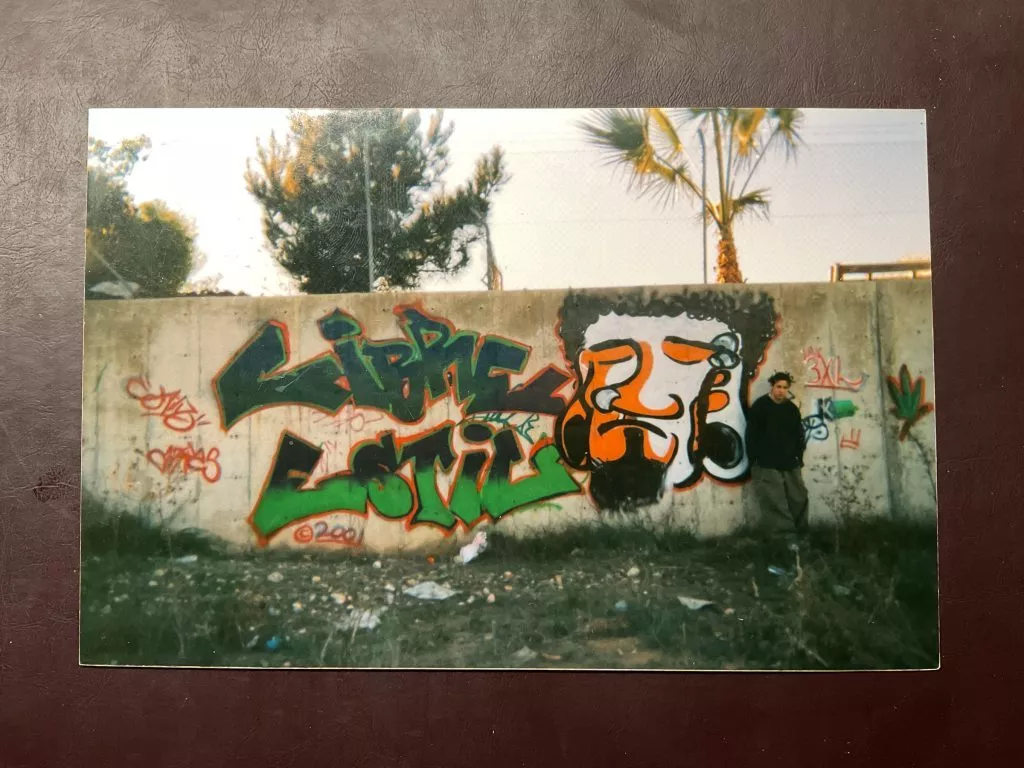
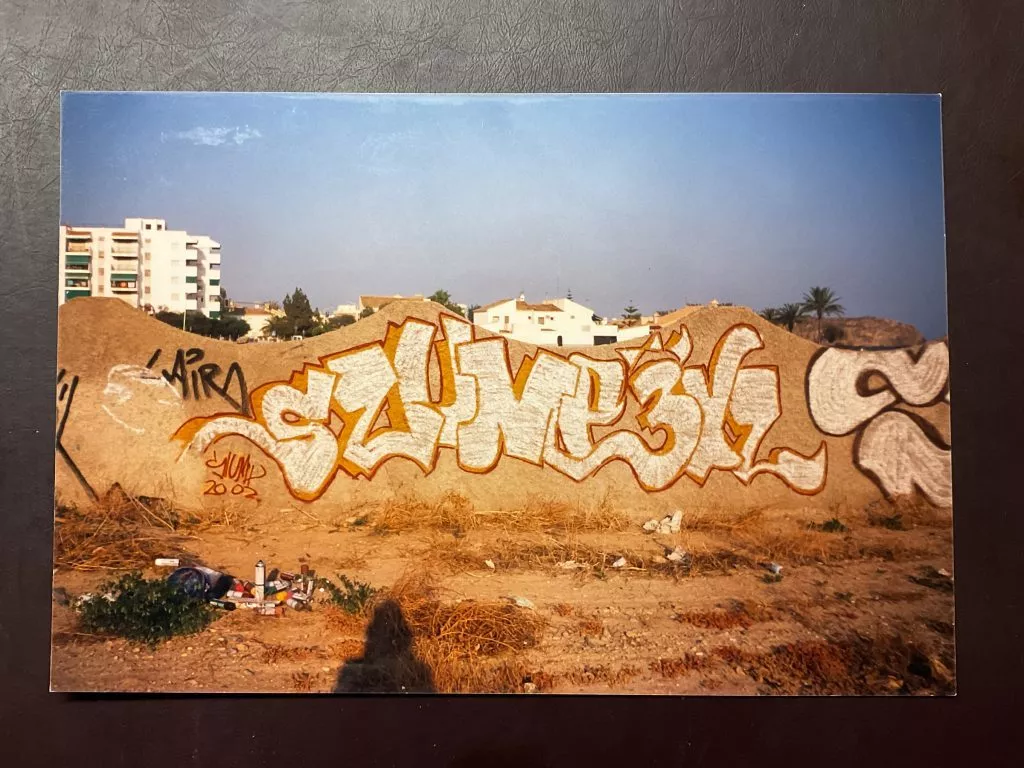
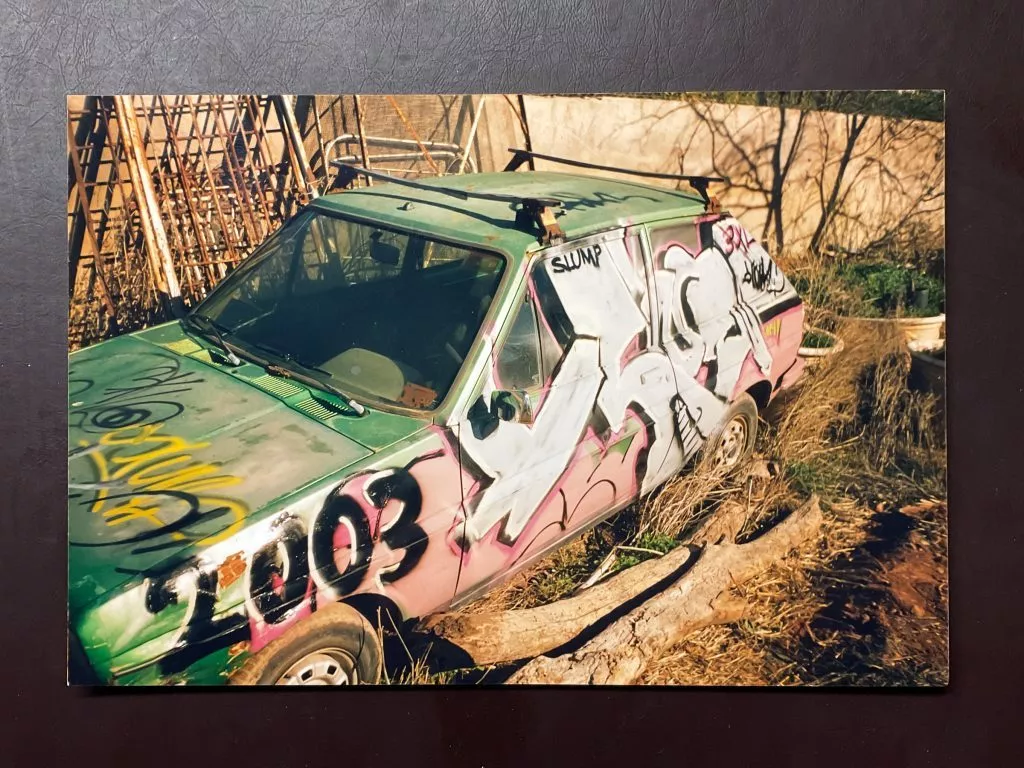
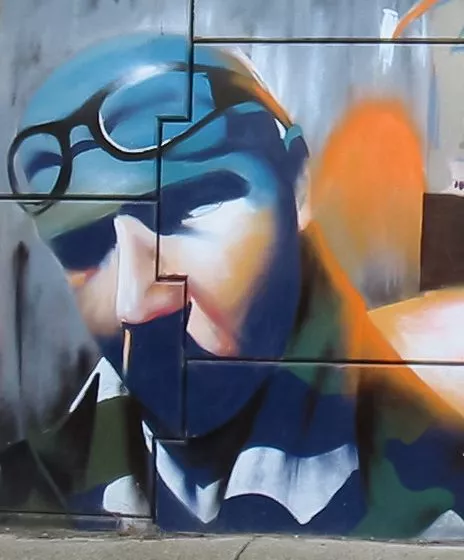
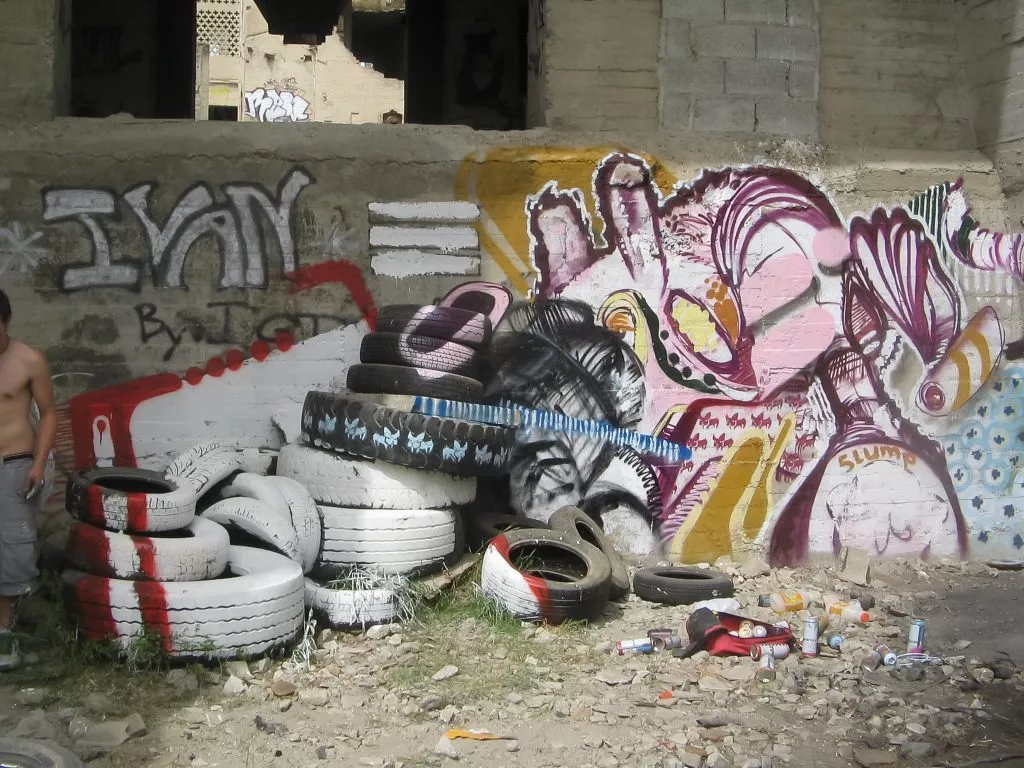
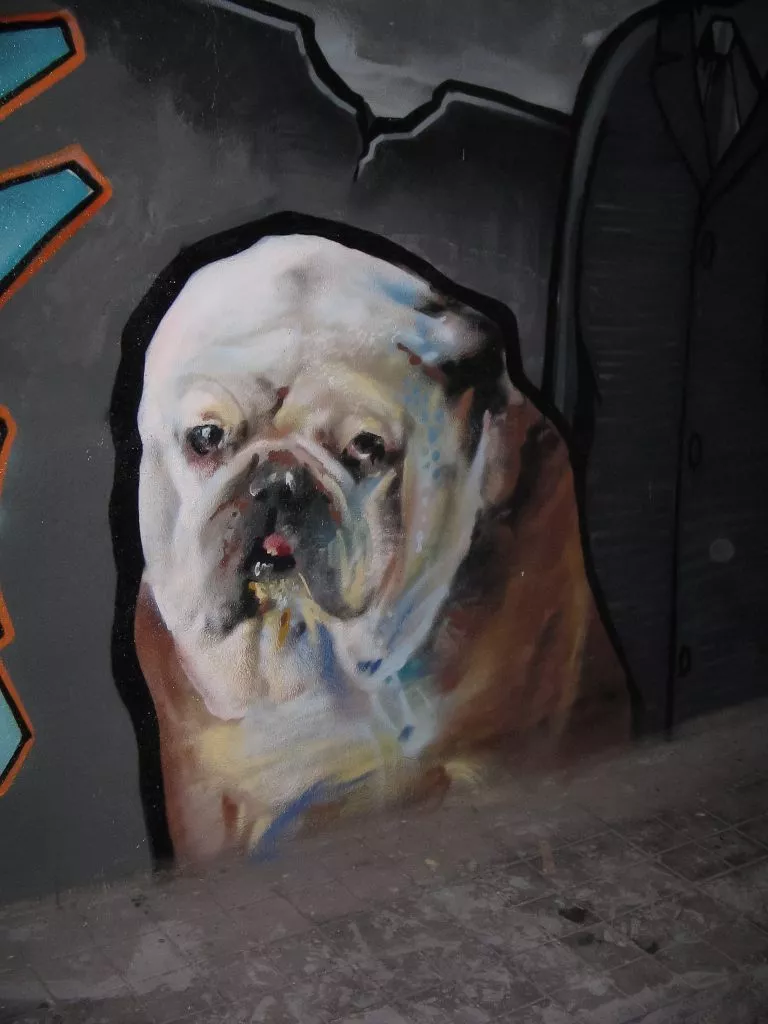
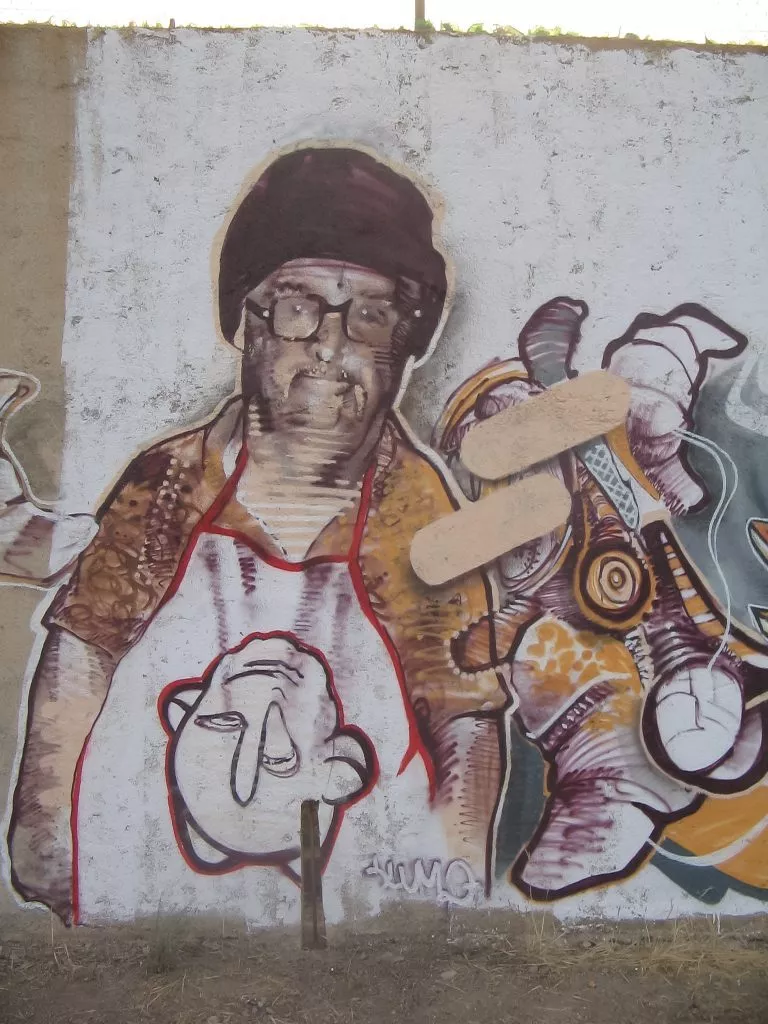
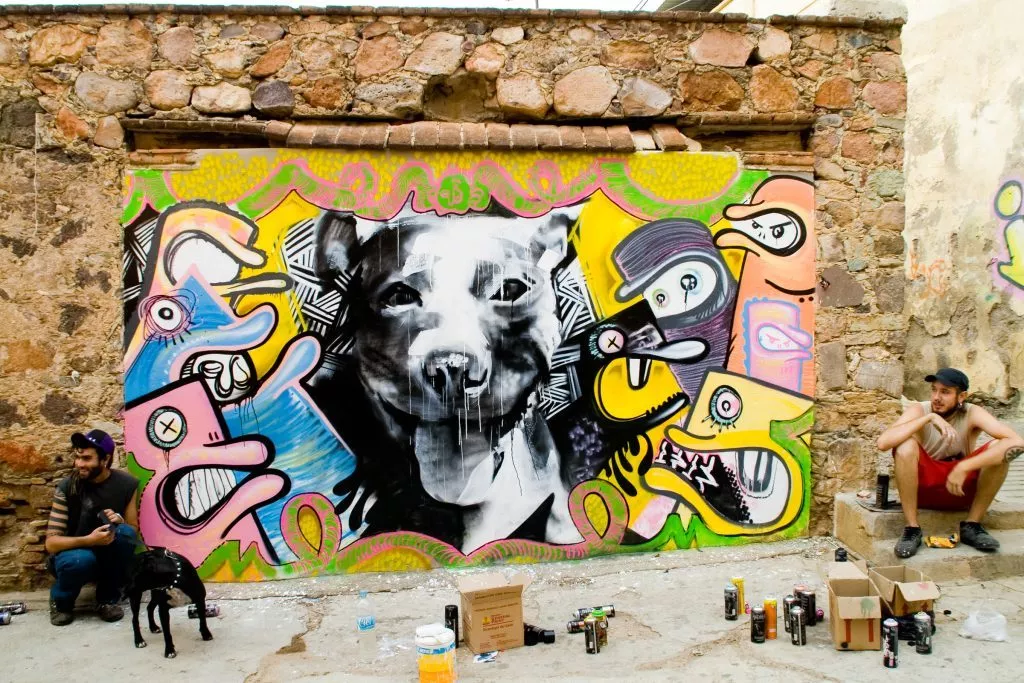

First inspirations and influences
During his art studies, he didn’t think about the influence graffiti had on his new works, he just wanted to have fun painting in the street and tried to „import“ his outdoor work to the school work somehow. He was more interested in what was happening outside the school, learning from other artists painting murals. At the same time he learned about classical painting at the University, and it made him grow as a painter. During that time he also met the painter LAGUNA with which he paints since 2010 regularly since, mostly in Almagro. Looking back now, he can see some connections between his current works and some content he studied long time ago. Not only concerning painting but other subjects, contemporary art in general, sculpture, installations and many other art forms that didn’t mean a lot to him at that time. Nowadays, he appreciates it much more, he says.
Some artists from different disciplines are now some of his references. During his student years, he was exploring European vanguards movements like Impressionism, Fauvism, Expressionism and painters like Sorolla, Lucian Freud, Francis Bacon, Eduard Hopper and Jenny Saville, for example. But also the engravings by Escher, Doré, Hokusai and many more ukiyo-e artists were inspiring Emilio. But the strongest impact on him until today have some painters of the 16th and 17th century like Caravaggio, Velàzquez or Vermeer. They are still a huge influence for his own painted indoor scenes concerning the light, contrast and realism.
Parallel to that, Emilio kept his interest in anime and manga authors like Fumito Ueda (a video game creator),Toriyama, Asumiko Nakamura, Yoshiaki Kawajiiri, Masaaki Yuasa, Otomo, Satoshi Kon, Miyazaki and from Europe he names Moebius and Sergio Toppi.
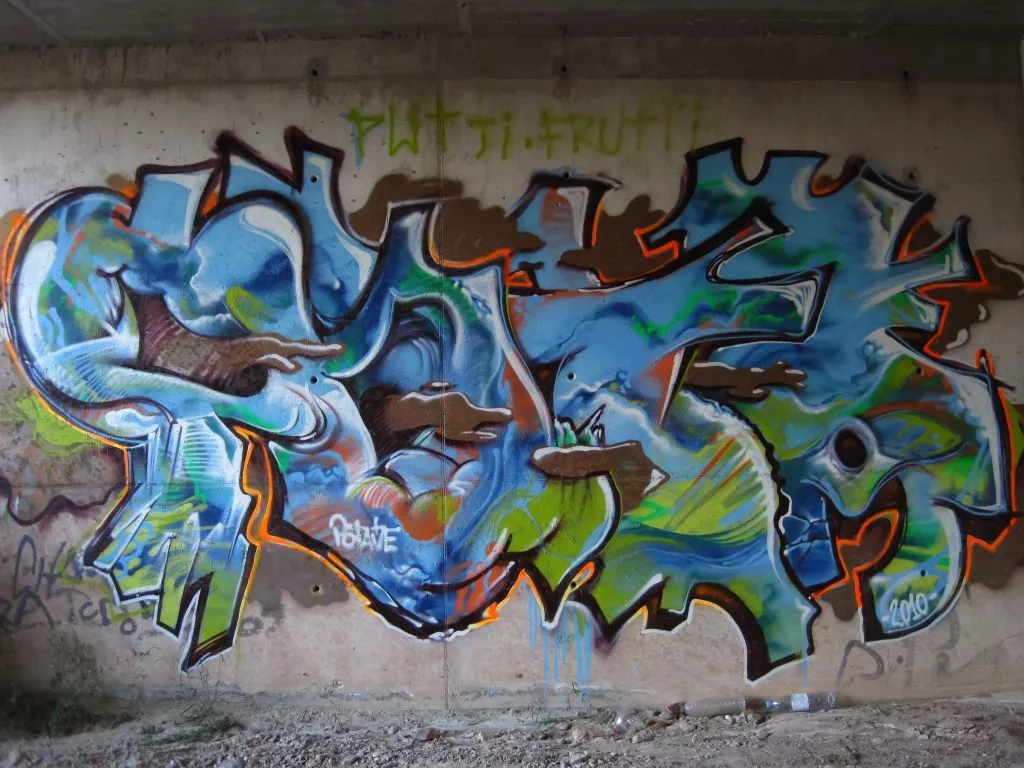
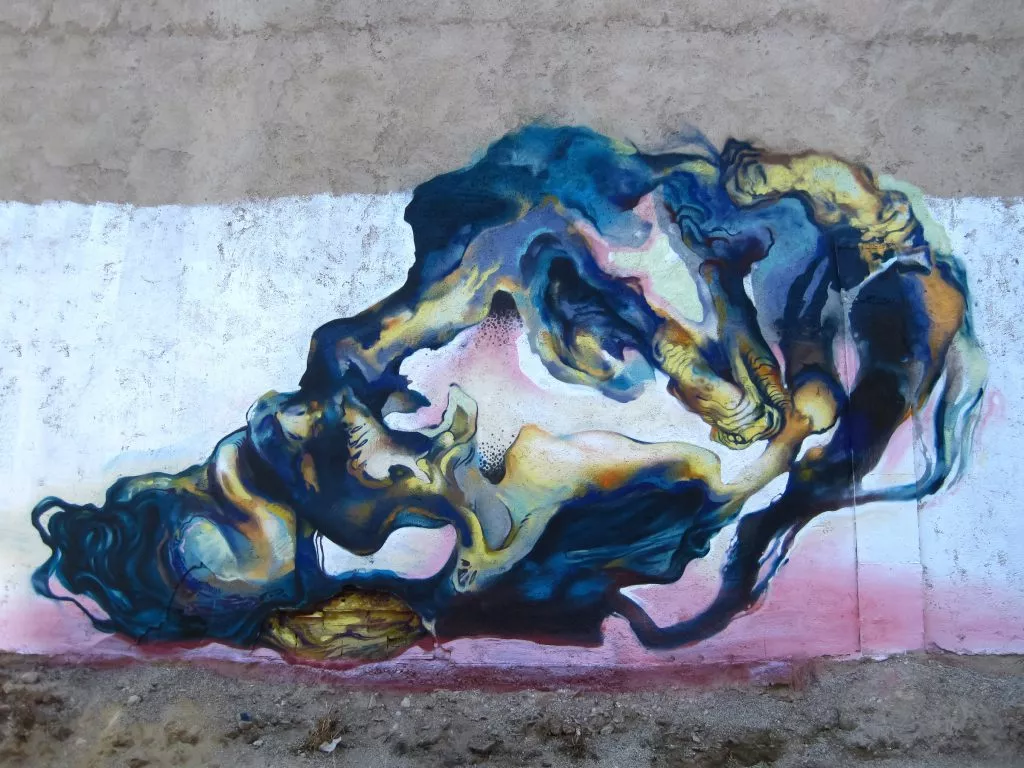
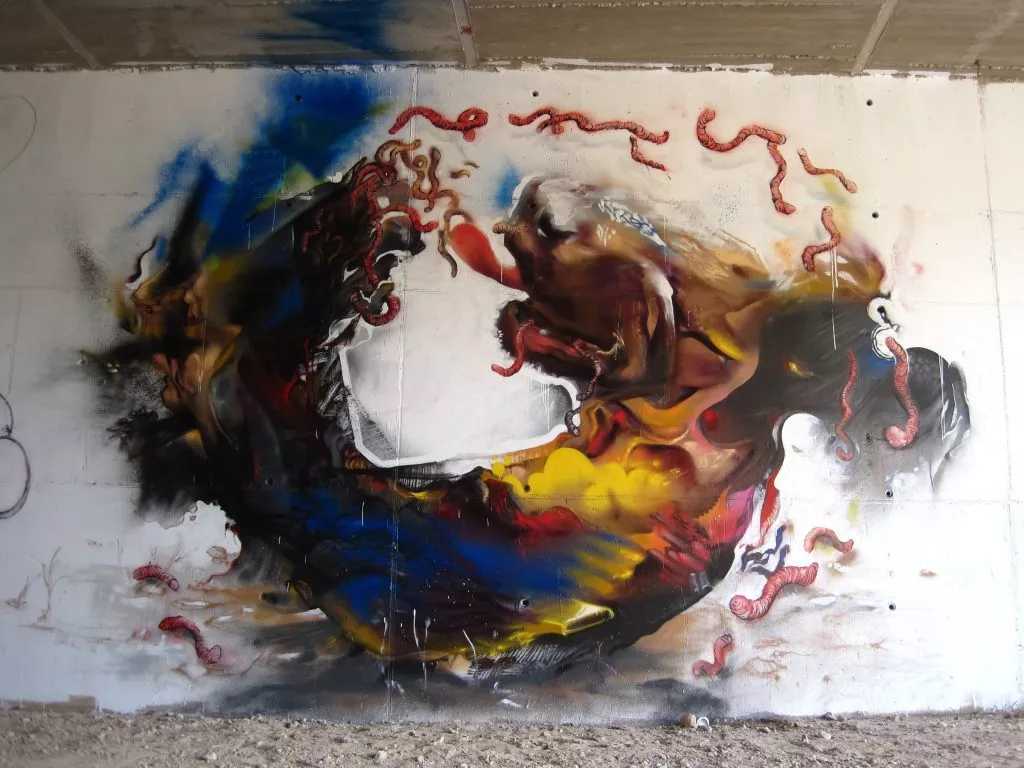
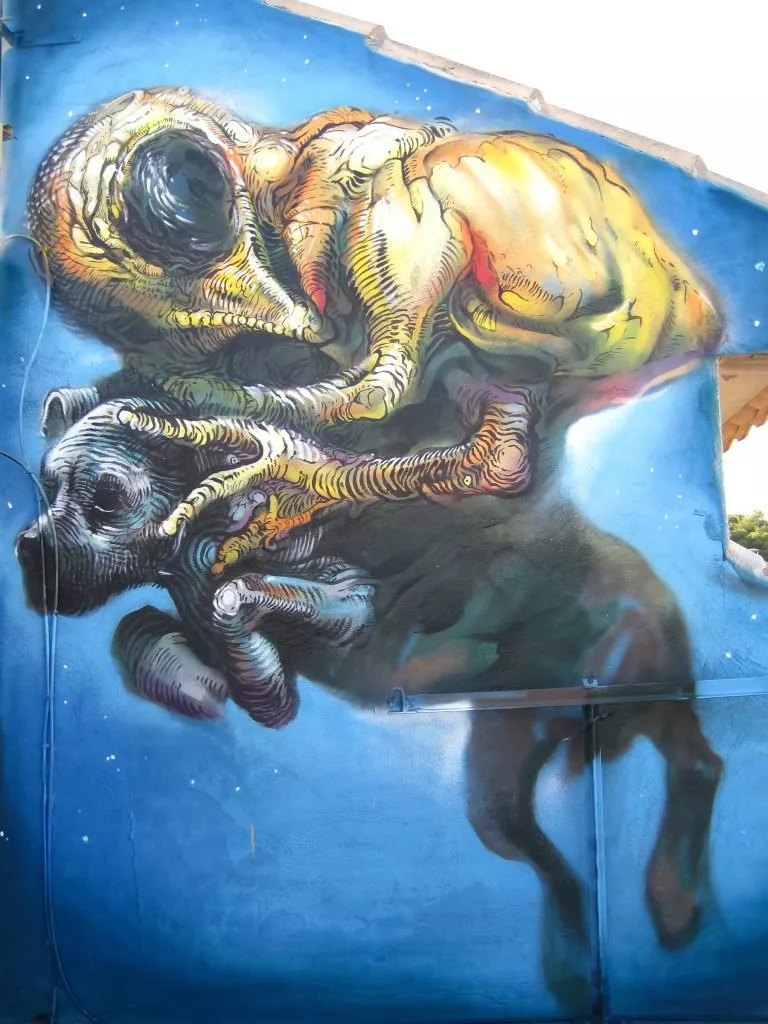
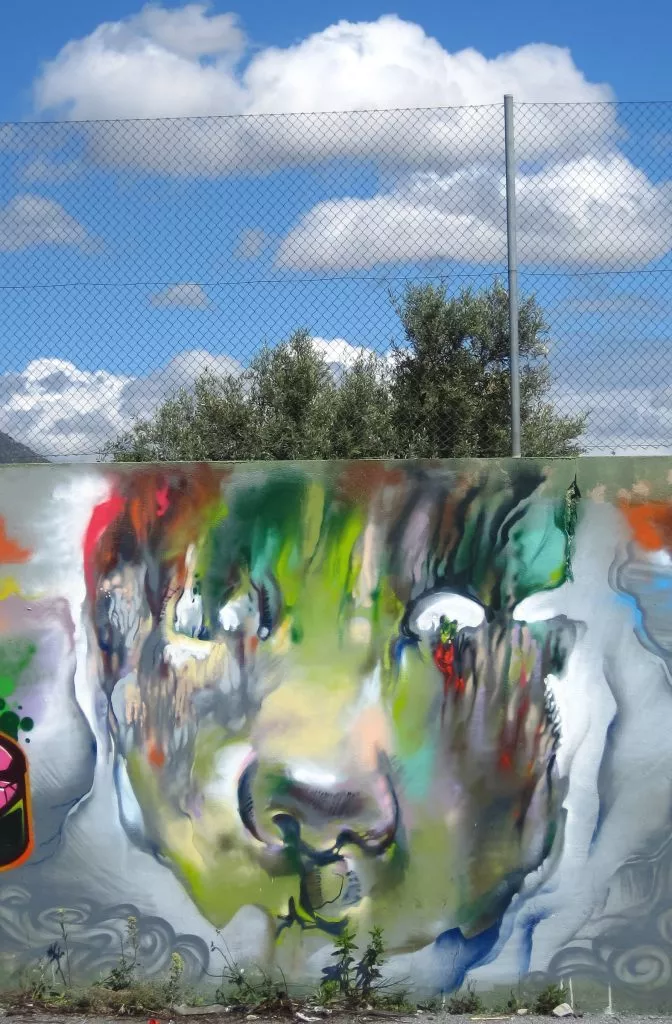
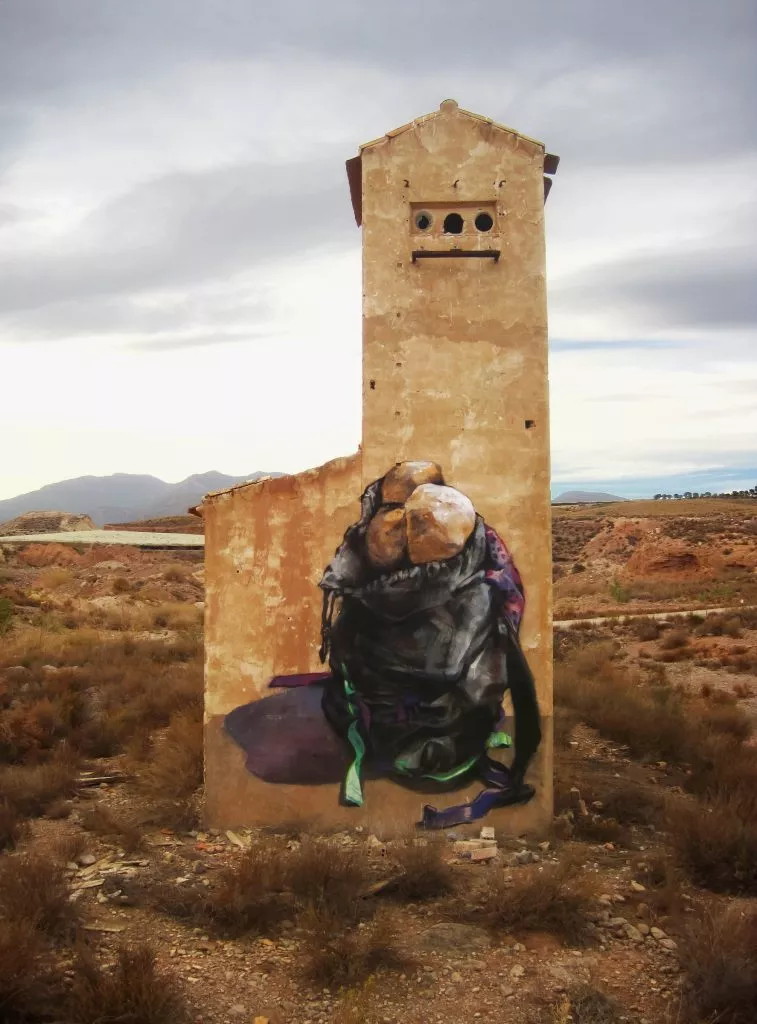
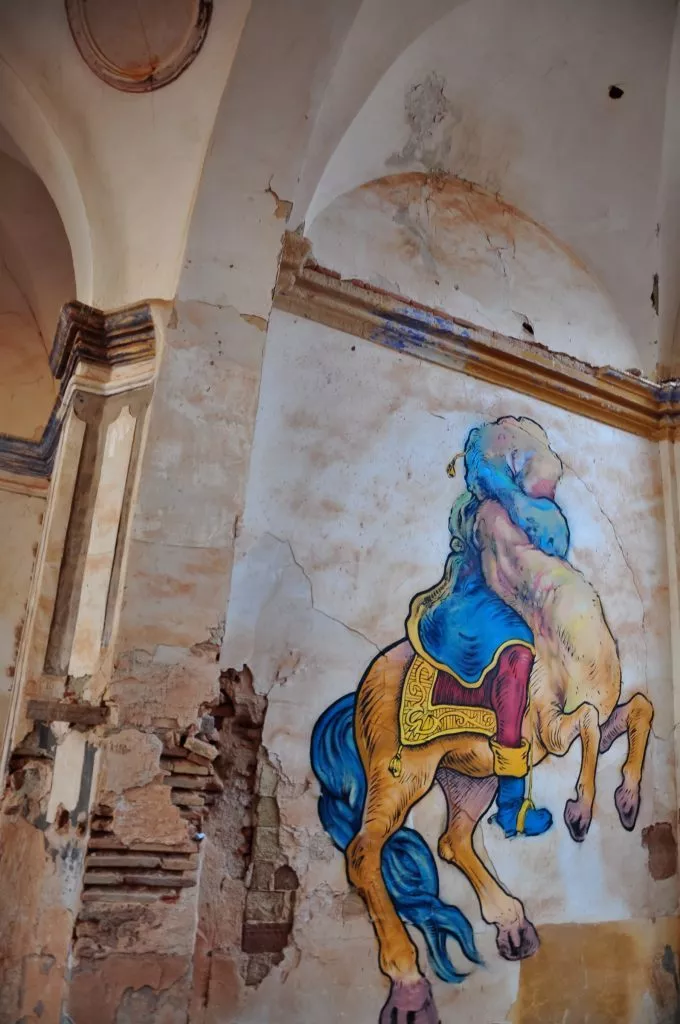
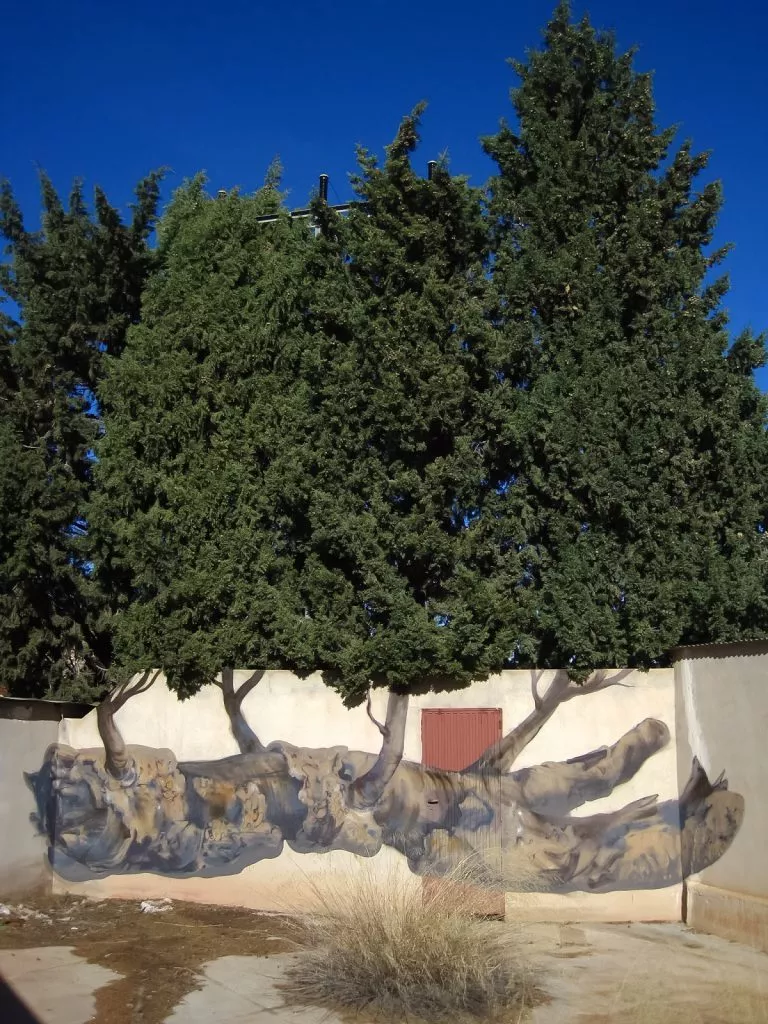
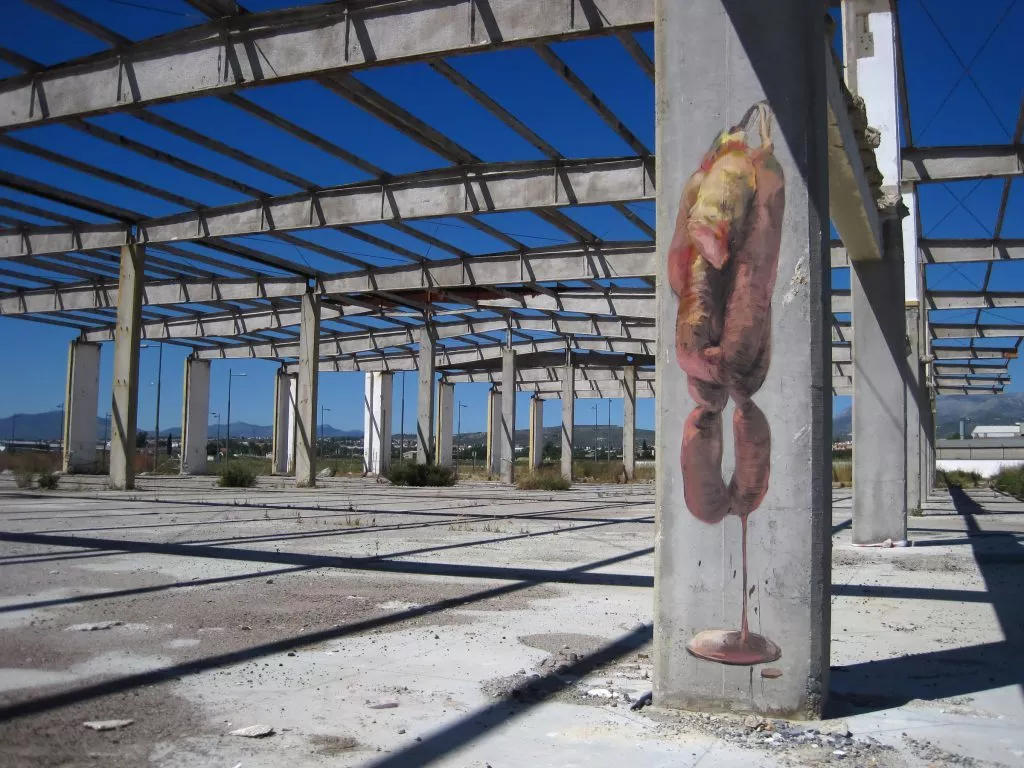
Different working methods for figuration or abstract works
Since many years, Emilio has been working mostly with acrylic paint, using brushes and rolls outside Depending on the work, he sometimes also uses tape and roller extender. For his painted figurative scenes, he uses his own pictures as references, and for his recent abstract compositions he likes to prepare a sketch and adapt it to the spot, it can be a small drawing from his sketchbook or a digital collage. Sketching didn’t matter a lot to him, he liked working on ambient colours, the painting process is for him a kind of translation of his pictorial language, it was always more important to him how it was painted than to copy a draft. He didn’t put attention so much on the drawing but more on the colour. And the creative process happened directly on the wall.
Emilio Cerezo’s pieces/wall paintings are most of the time defined in a horizontal frame. He explains that he likes the idea of a huge vintage poster pasted on the wall, a comic vignette or a high scale stamp. For him, it looks like an old commercial ad or an illustration but with no meaning inside, with a kind of cryptic language. In the meantime it looks like a big sized canvas set on a show or a stage, fitting well with the architecture around. Believing that the straight lines of a frame make a nice contrast with the very shaken and moved painting that occupies it, the painting can breathe better. Those three elements: painting, frame and environment should have a nice conversation among themselves, according to the painter.
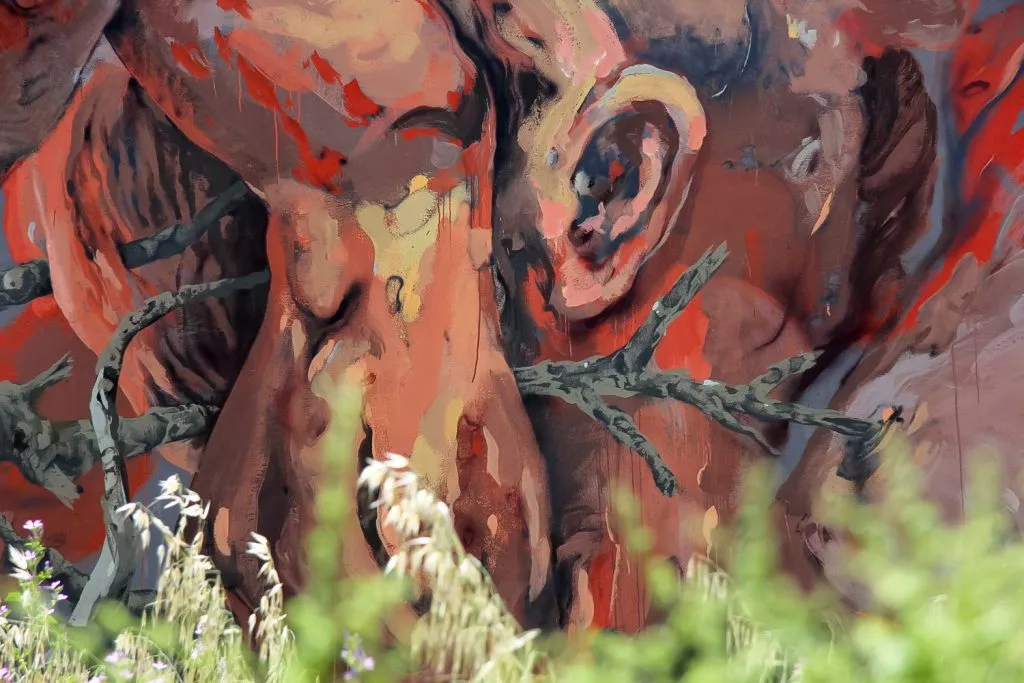
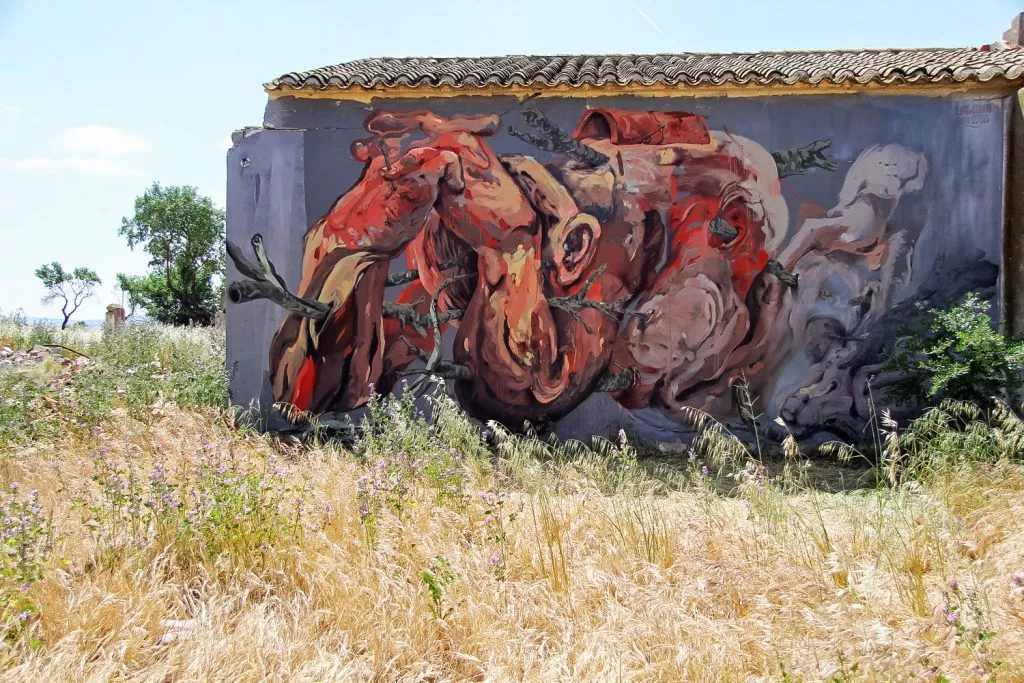
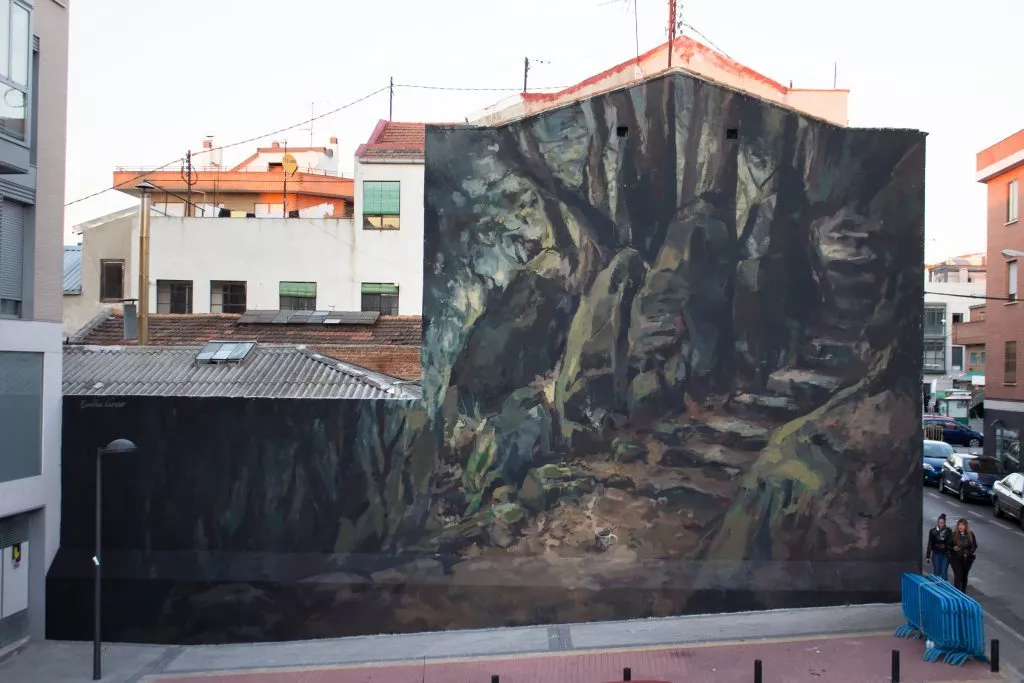
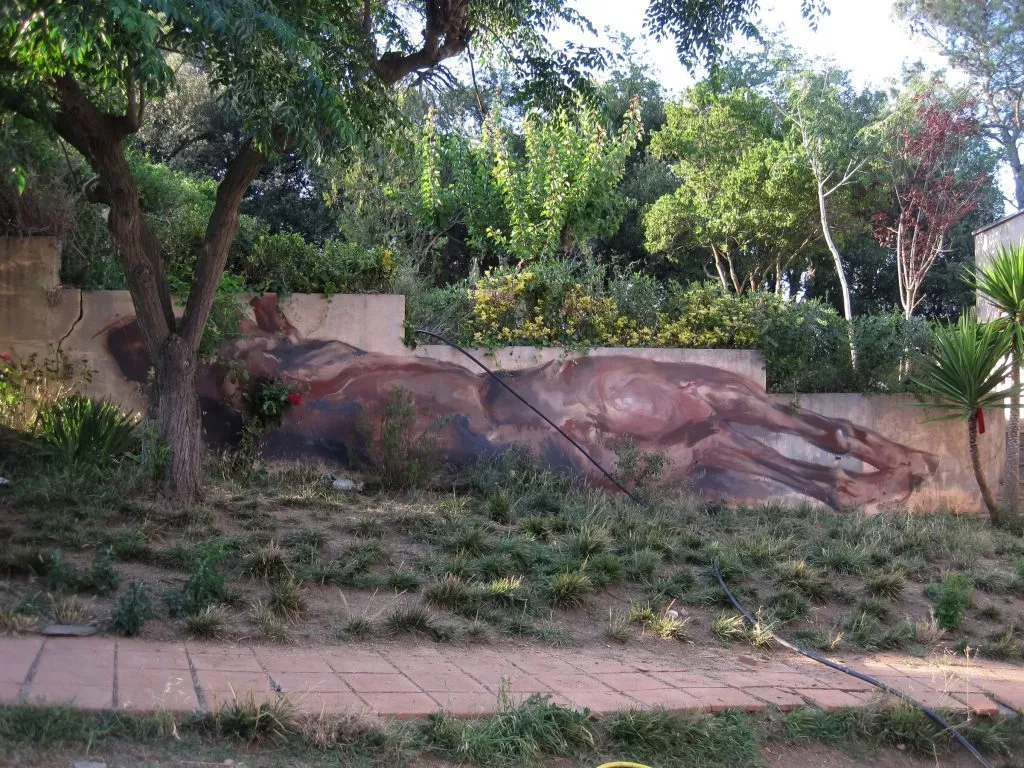
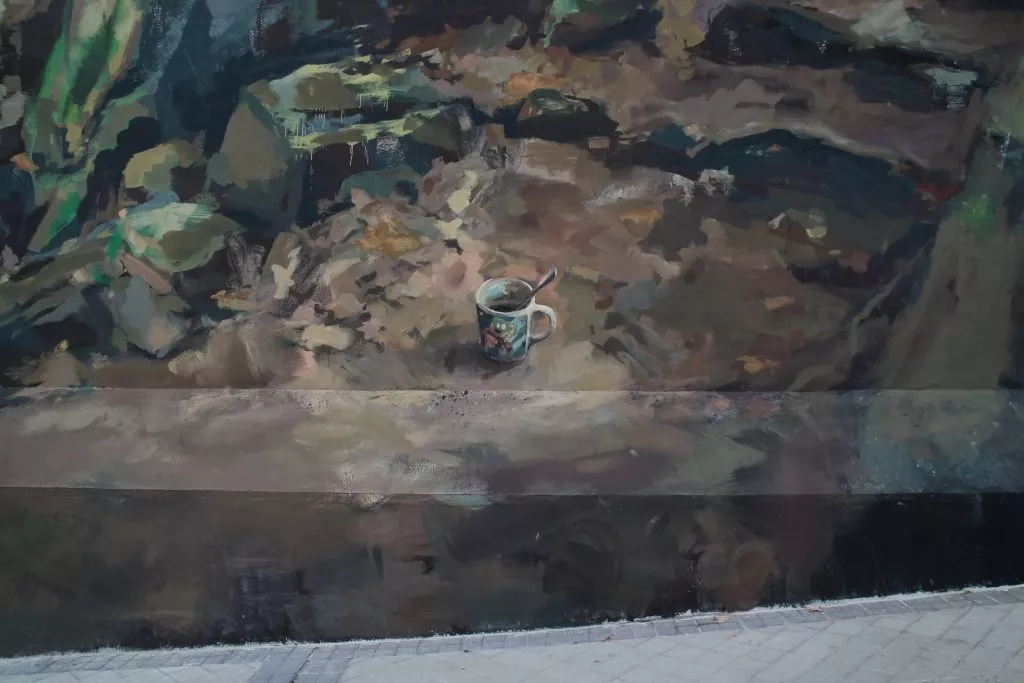
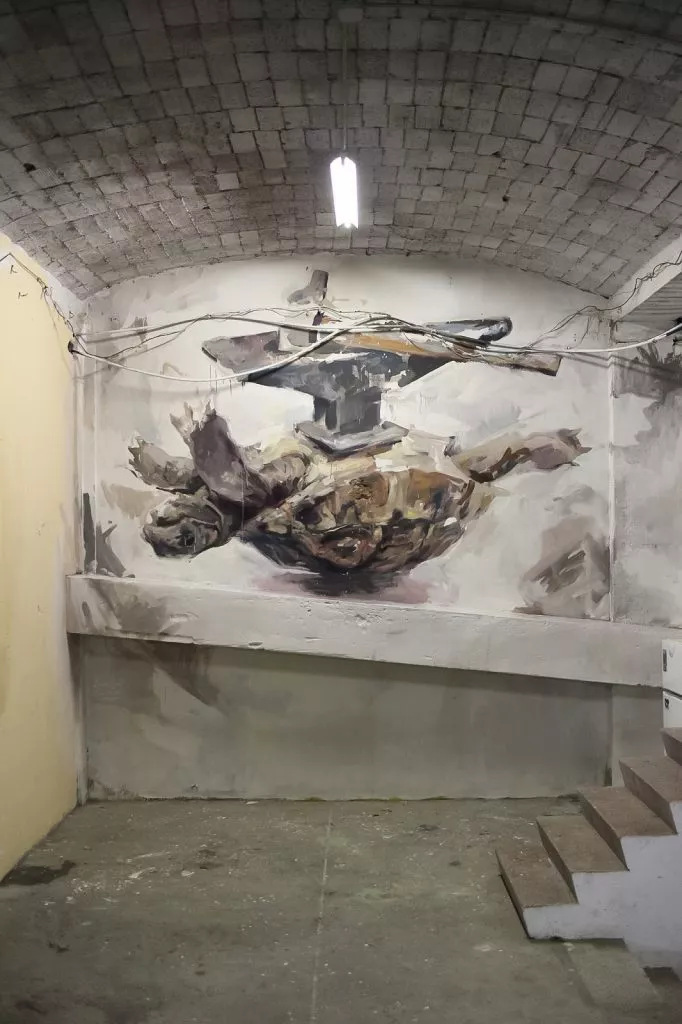
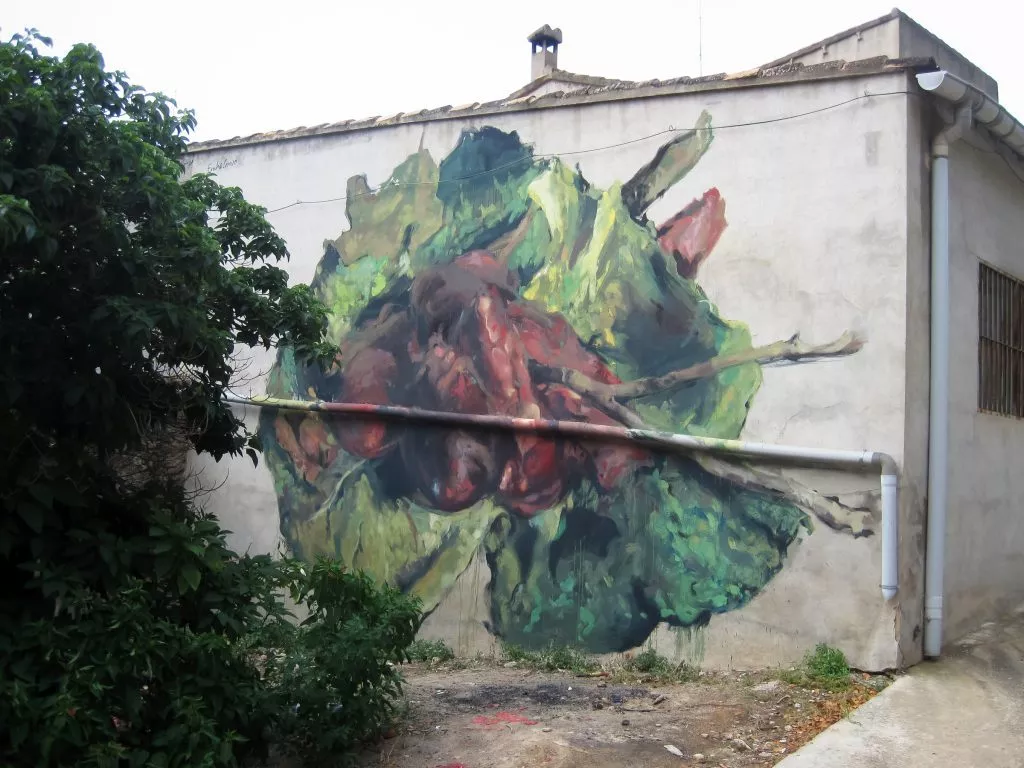
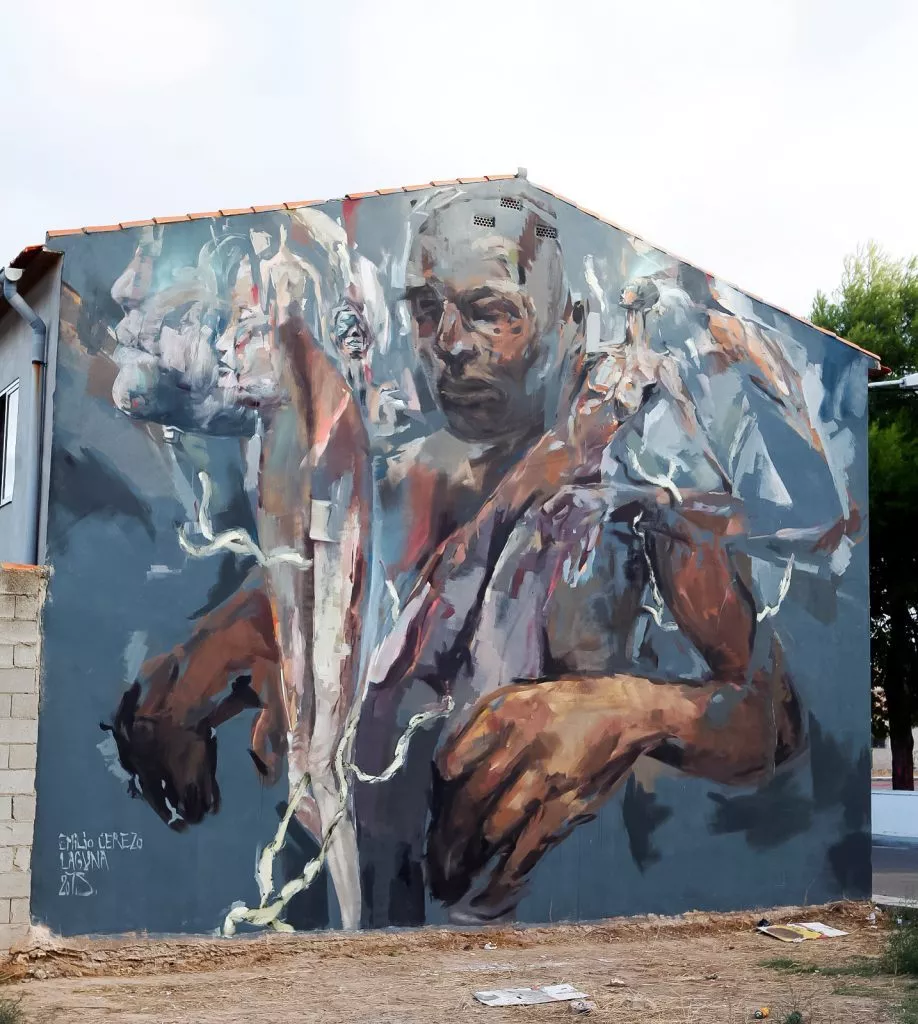
For his abstract works in the last years, Emilio changed his approach, leaving the intense work with colours behind concentrating more on the lines. Now he spends more time choosing the drawing he wants to take to the wall, testing different compositions on a photo of the spot in advance, putting the attention to how it fits in the environment. And when he is happy with the sketch, he tries to respect it as much as possible, but is also taking in consideration how the wall is. Depending on the size of it, if indoor or outdoor, on the texture or the orientation of the wall, where the sun hits on it for example, he chooses working only with black bold lines or sometimes with more watered and detailed elements.
From time to time, Emilio still paints totally freestyle, experimenting and searching for new ways and skills for new works. To find his motifs and forms for his last pieces, he used his own graphic resources, from old drawings, brushstrokes and details from a painting, or some sketches he uses for tattooing. He realized that it is fun to recycle his own personal archive as raw material for new works. Shapes sometimes appear by accident, playing with layers on photoshop or when he draws in his sketchbook. On paper, he prefers to draw as small as possible to have a „bigger picture“ of what he is doing.
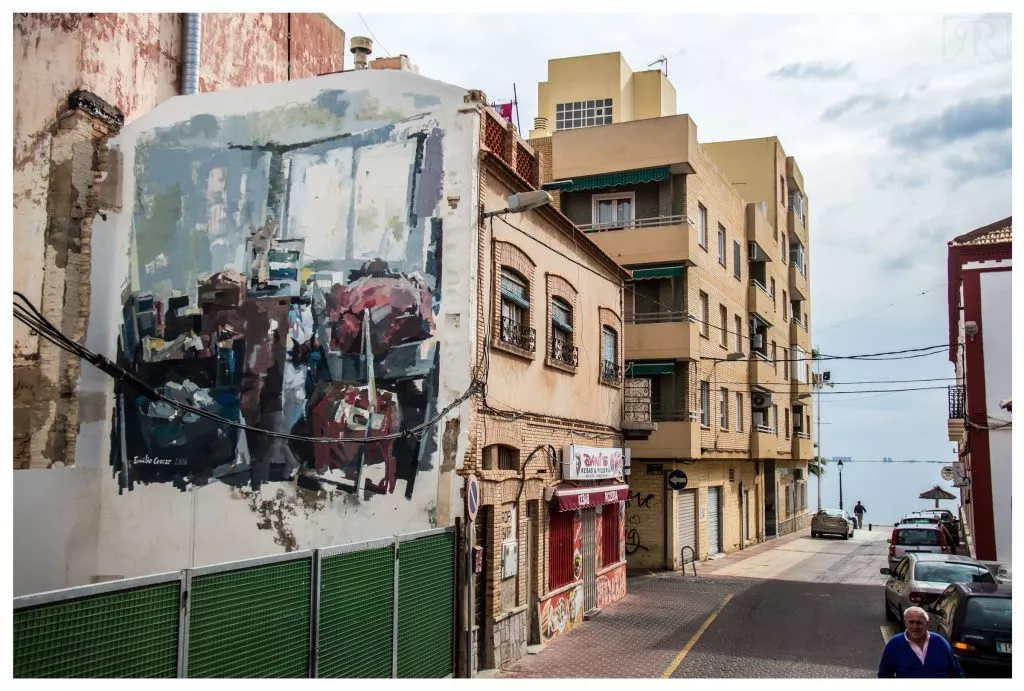
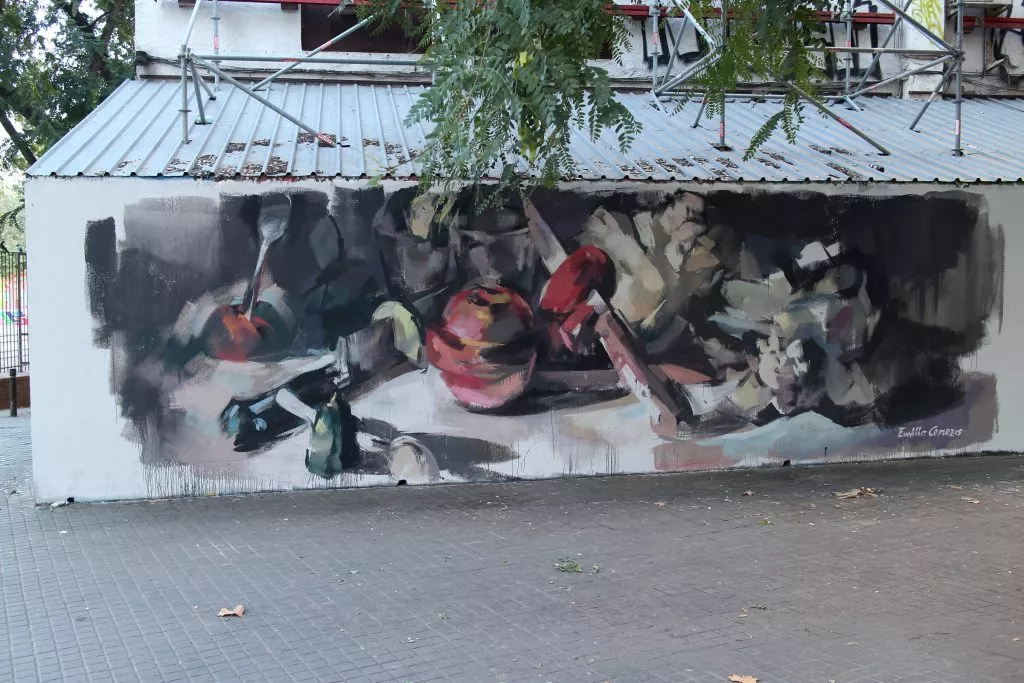
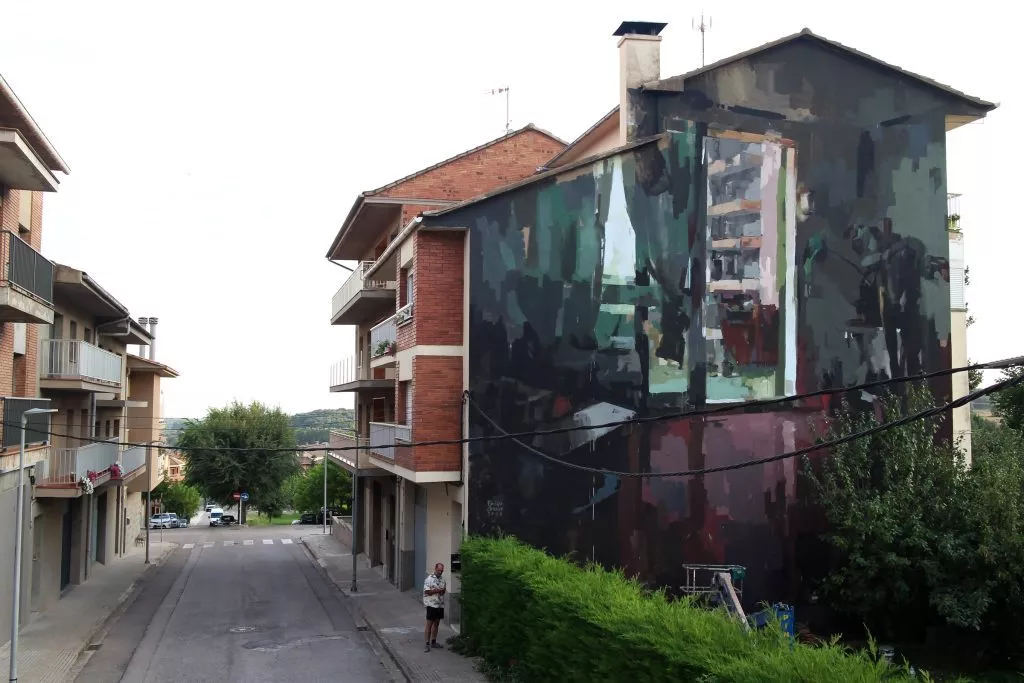
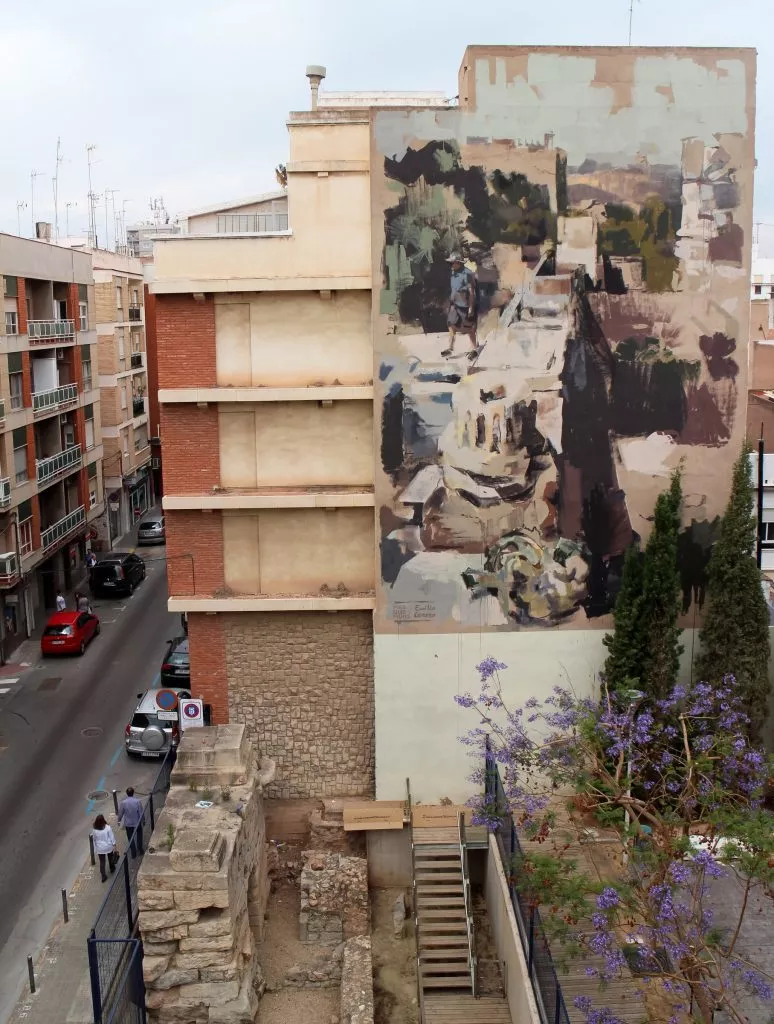
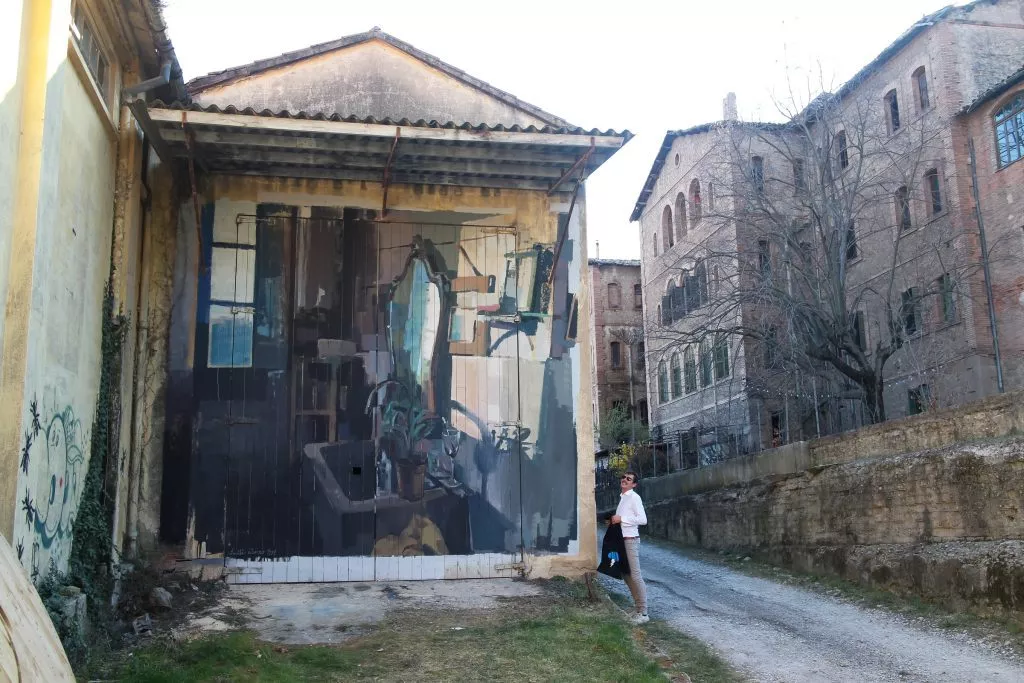
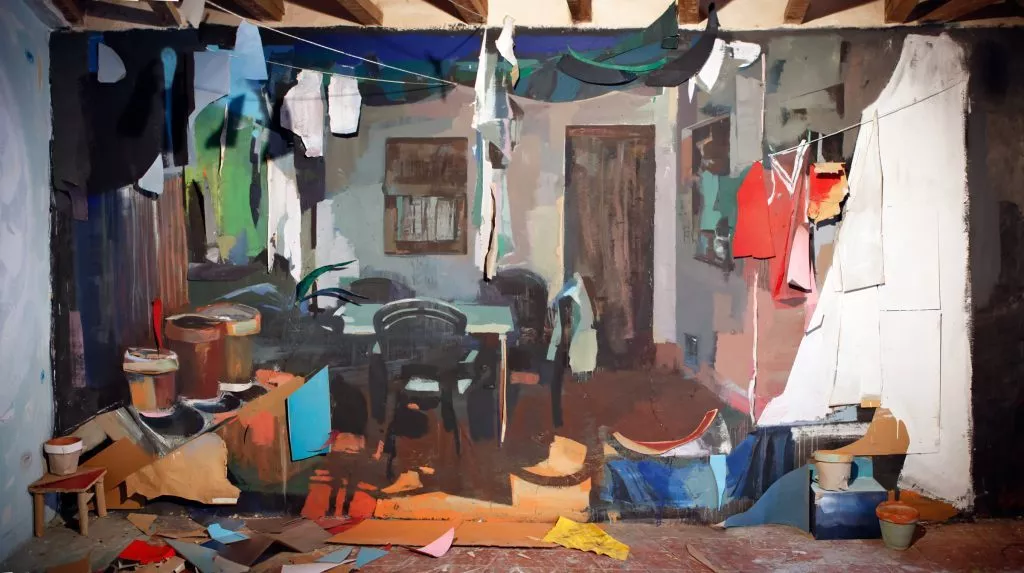
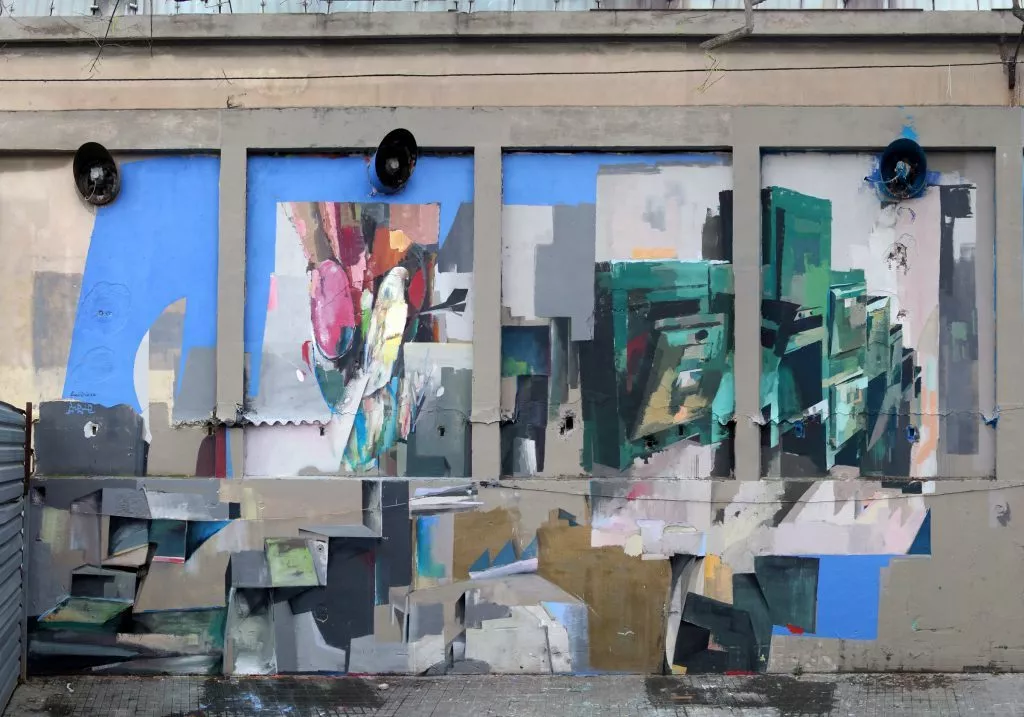
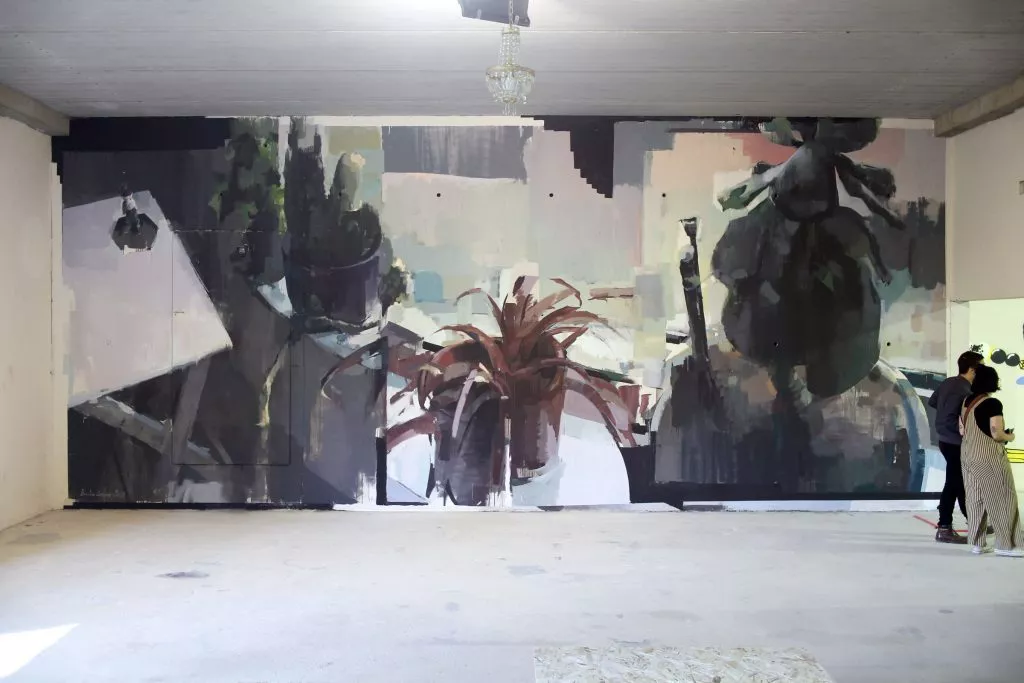
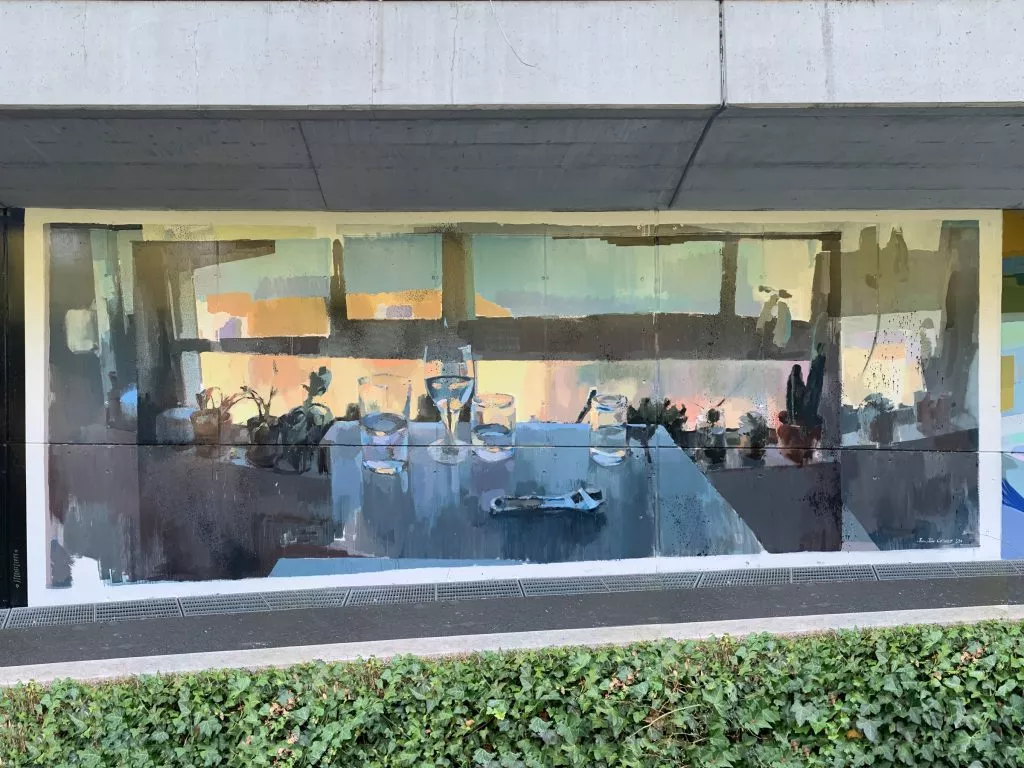
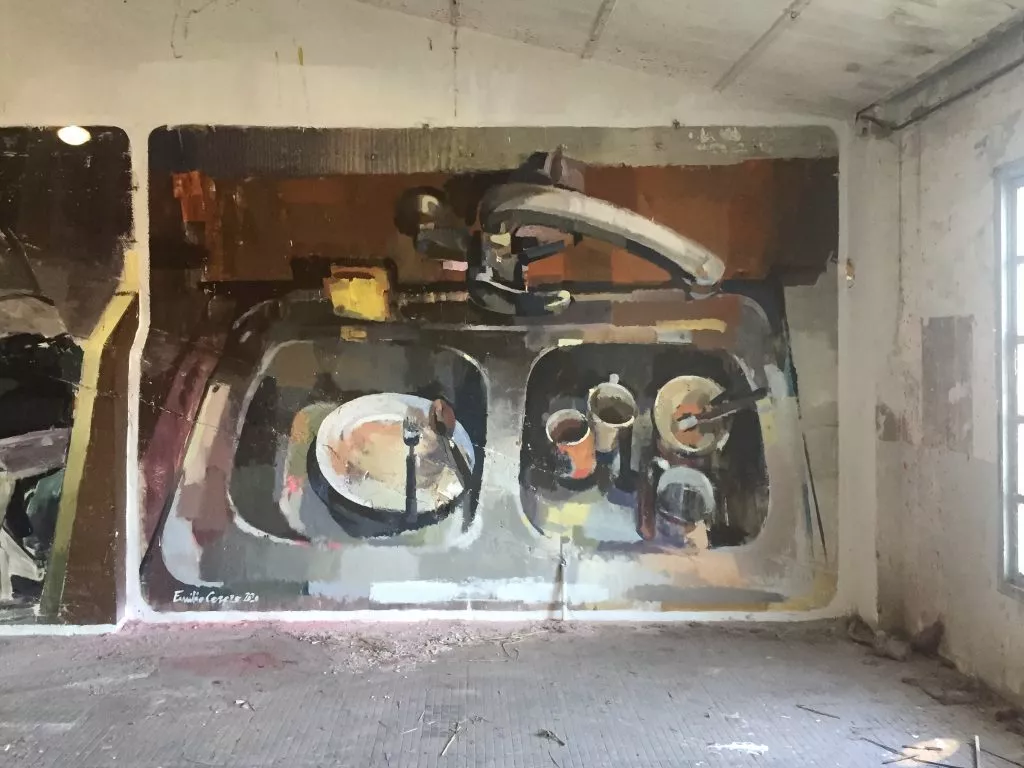
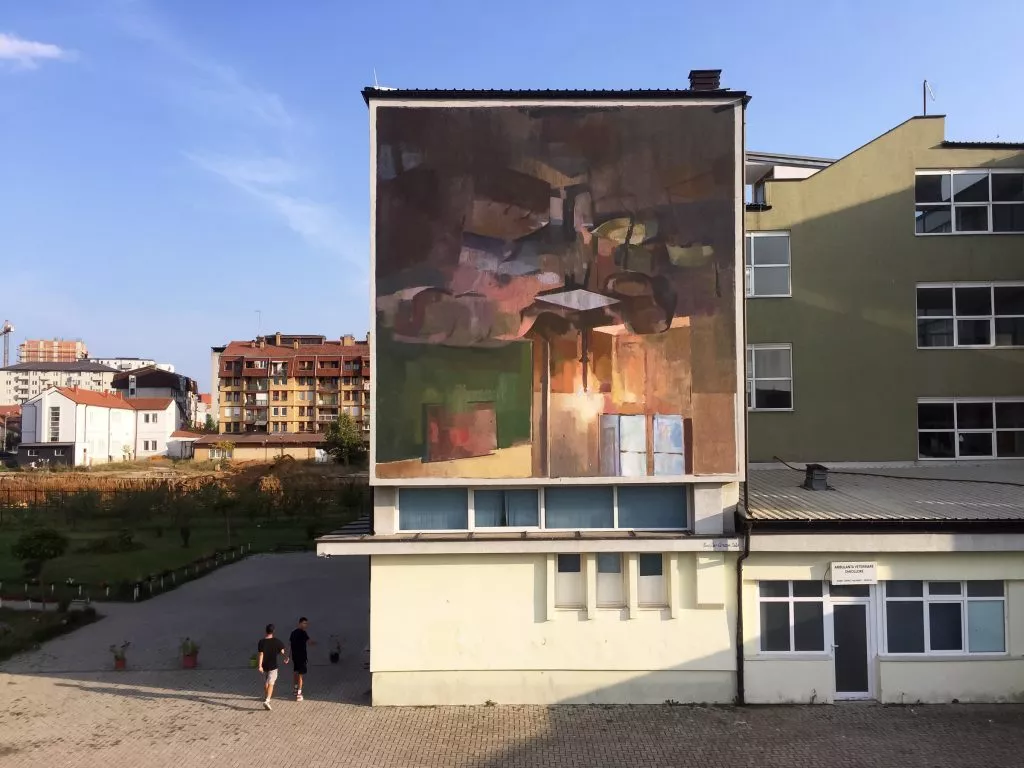
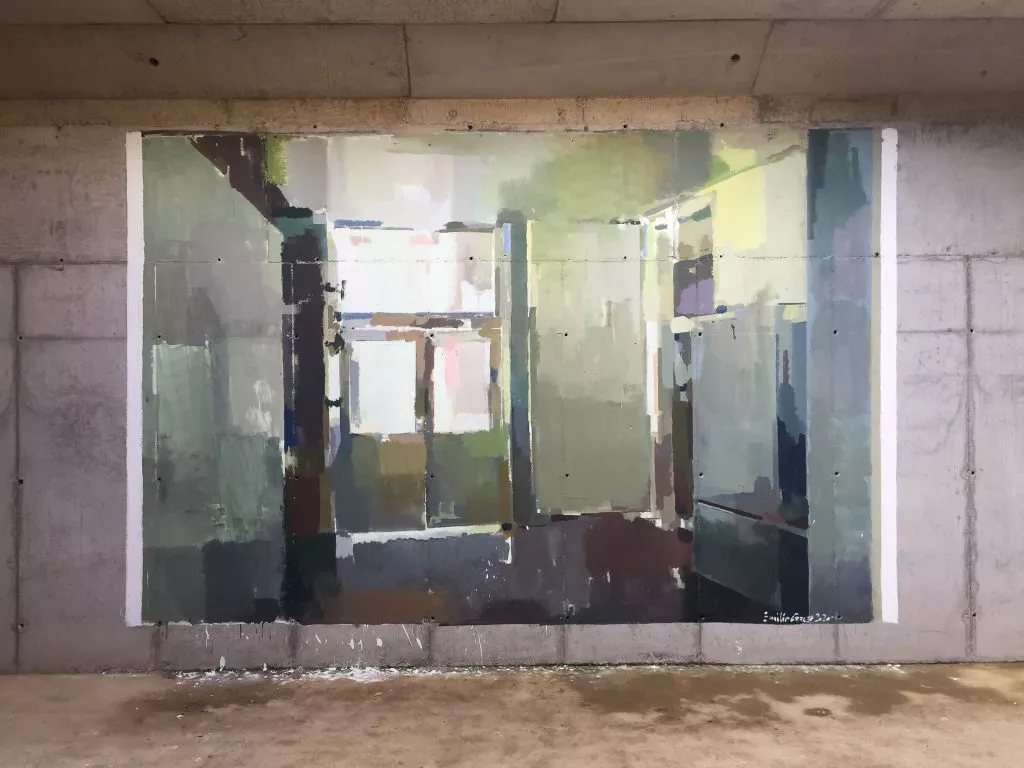
Abstract wall paintings like graphic works
Emilio was always interested in abstraction somehow, even painting figurative subjects it was more about how colours work and how even stains look well by themselves. His images always look a bit broken and distorted, because his interest is about the ambiance and the evoked feelings of a painting, and not about the exact and detailed representation of a reality.
It was a long but natural way towards a more and more abstracted visual language, according to Emilio. In 2019, he started taking out to the street some skills and aesthetics of abstraction, he already developed in his studio and tattoo practice years before. And the artist adds, not less important, is how some of his full coloured murals looked after a few months or years, how they lost almost all the brightness and saturation of the colours because of the strong sun in Spain. So he started to be concerned about the durability of a wall painting/piece. So he started to paint with black because it is more resistant. That is why he is now mostly using black paint over a flat colour background, and sometimes with another tone for the frame. He is actually testing how his drawing, which is mainly dark and deeper textured, is acting on a pure colored layer, searching for a high and simple contrast. Depending on the wall, Emilio prefers a lower saturated palette, like sand, brown, concrete grey, or any pastel or achromatic tones. Depending on what the spot is asking for, according to the artist. For his abstract paintings he is looking for the aspect of ink drawing or engraving print. After years painting with a huge amount of colours, he starts appreciating working with less material as possible, making it simpler and the transport to the walls easier. His concerns about his abstracted works are the texture, the noise, the glitch, the landscape, the ambient, the construction, the structure, the cut, layers, objects, sculptures, movement, work in progress. The Spanish artist would like the spectators to see his work as a landscape, or a music composition, because it is not about meanings or direct messages of paintings. For him, they are just something to get lost in during a few minutes, a kind of garden where you can walk in and enjoy exploring it. And this is his artistic goal.
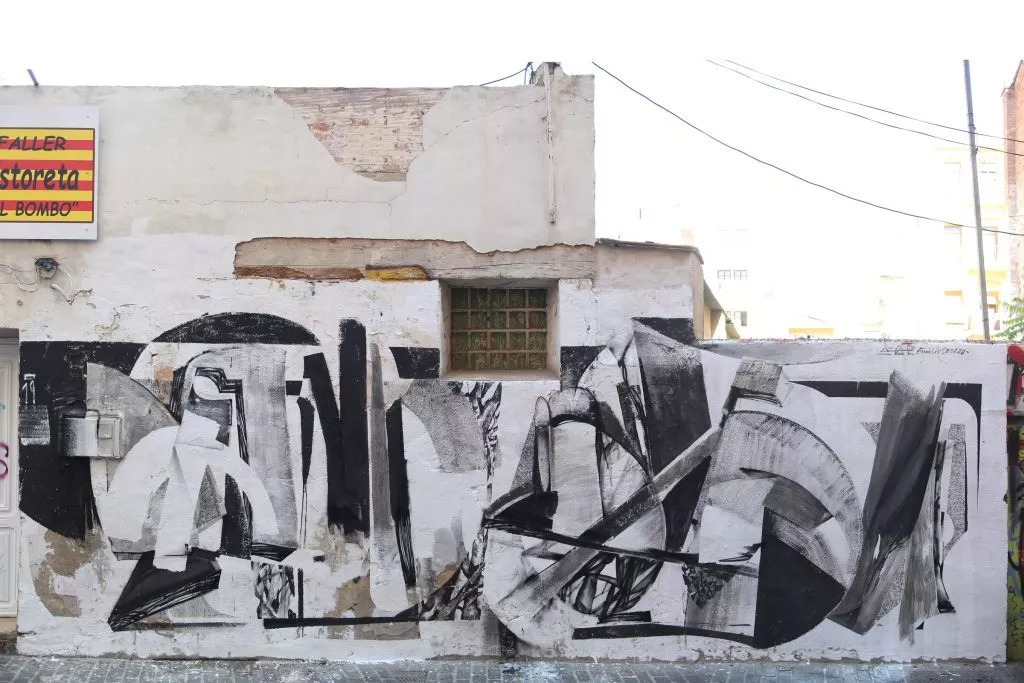
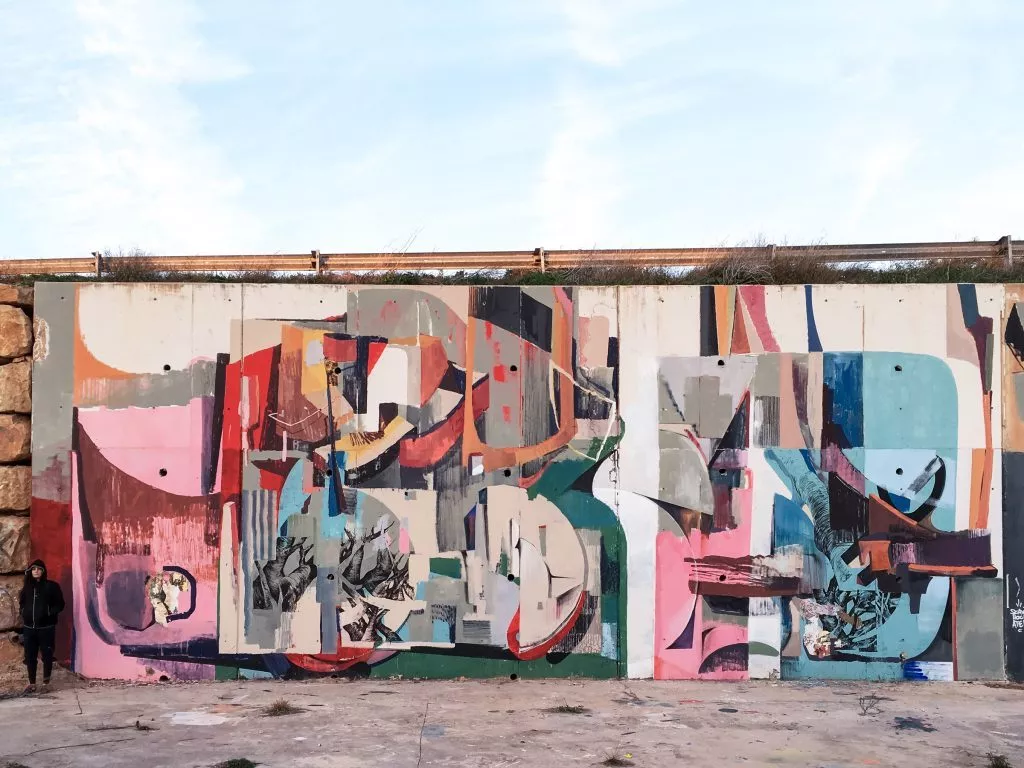
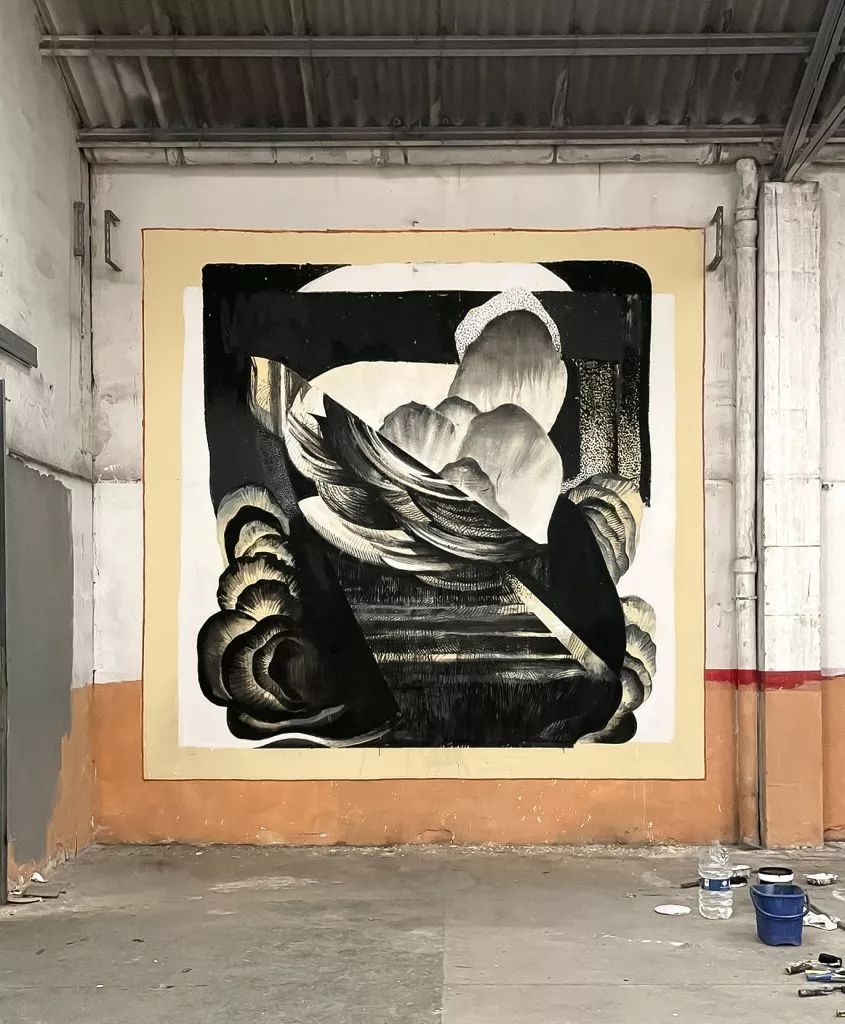
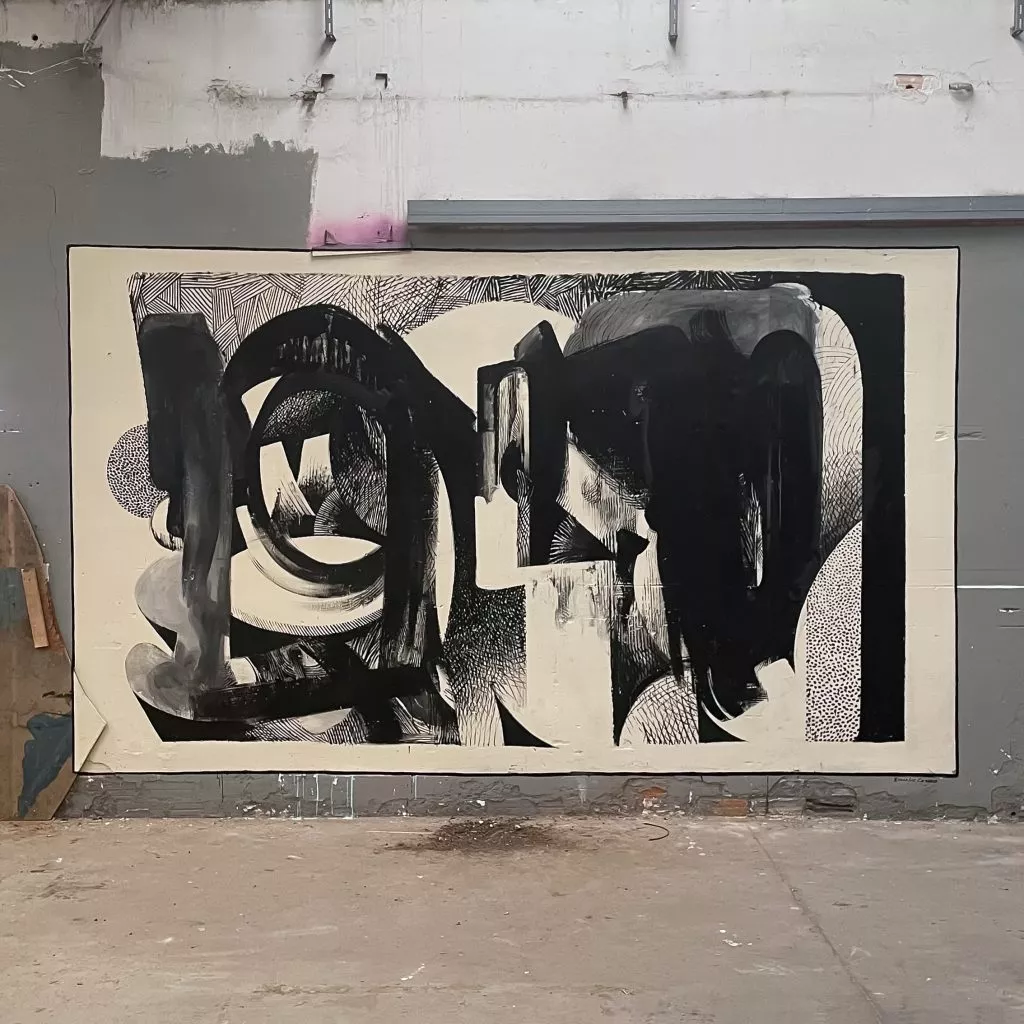
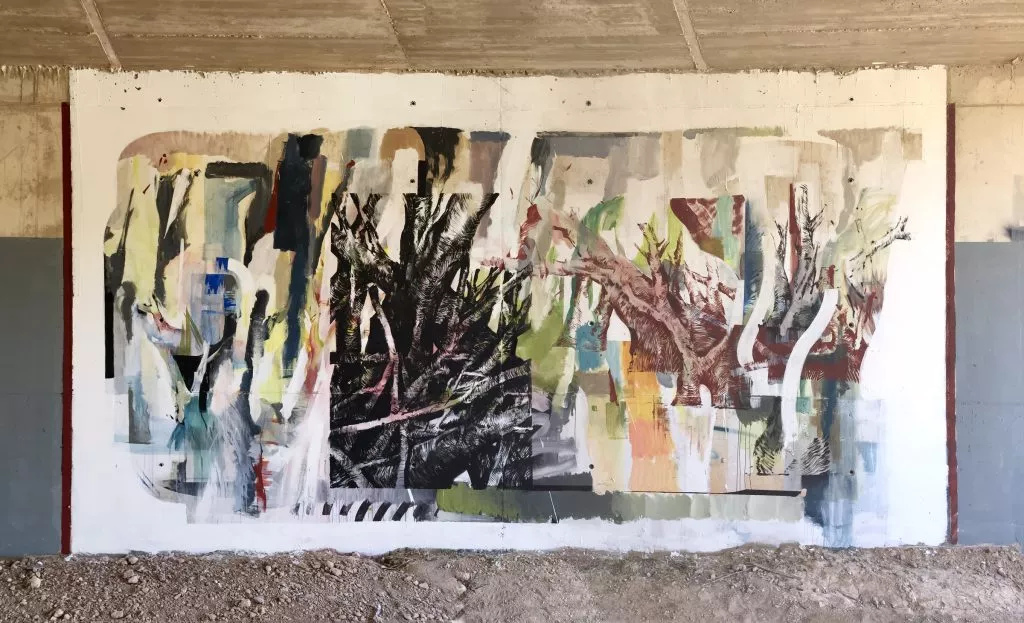
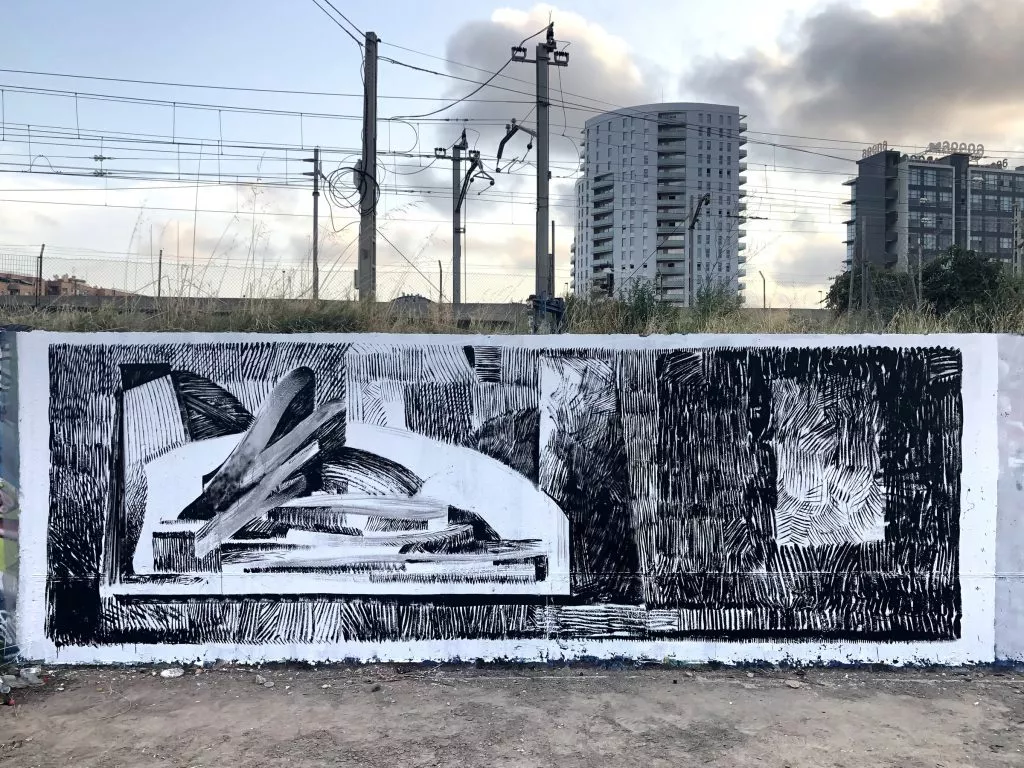
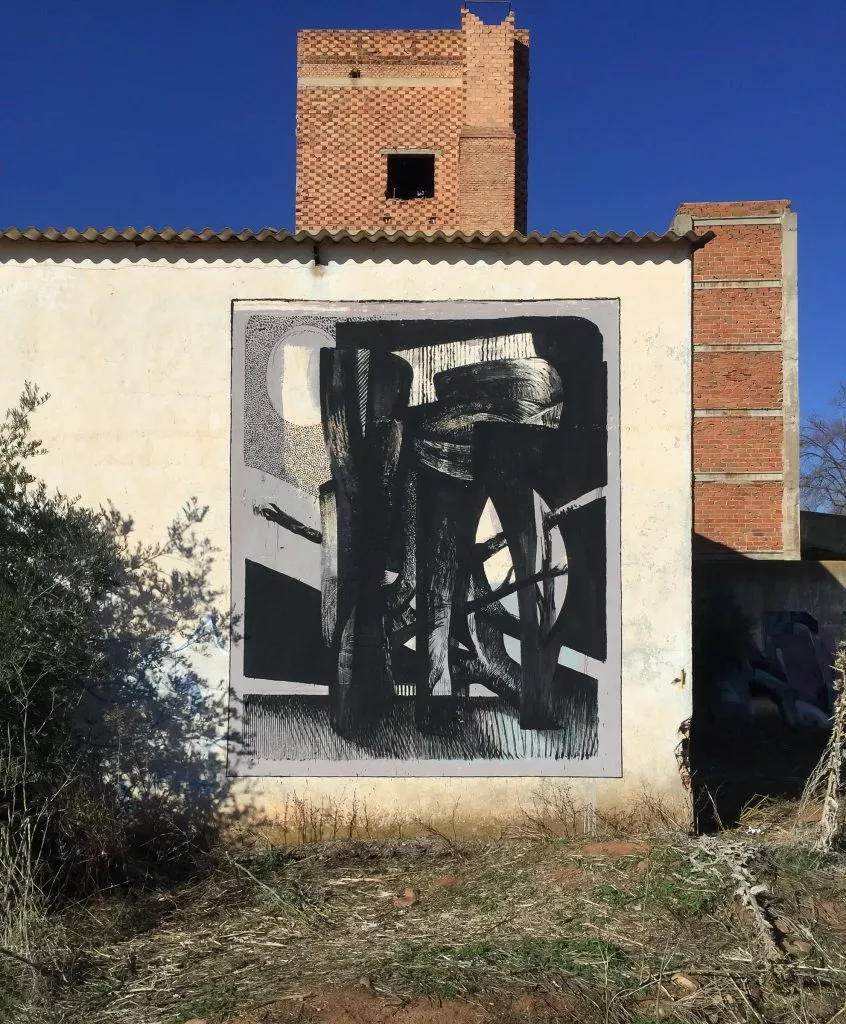
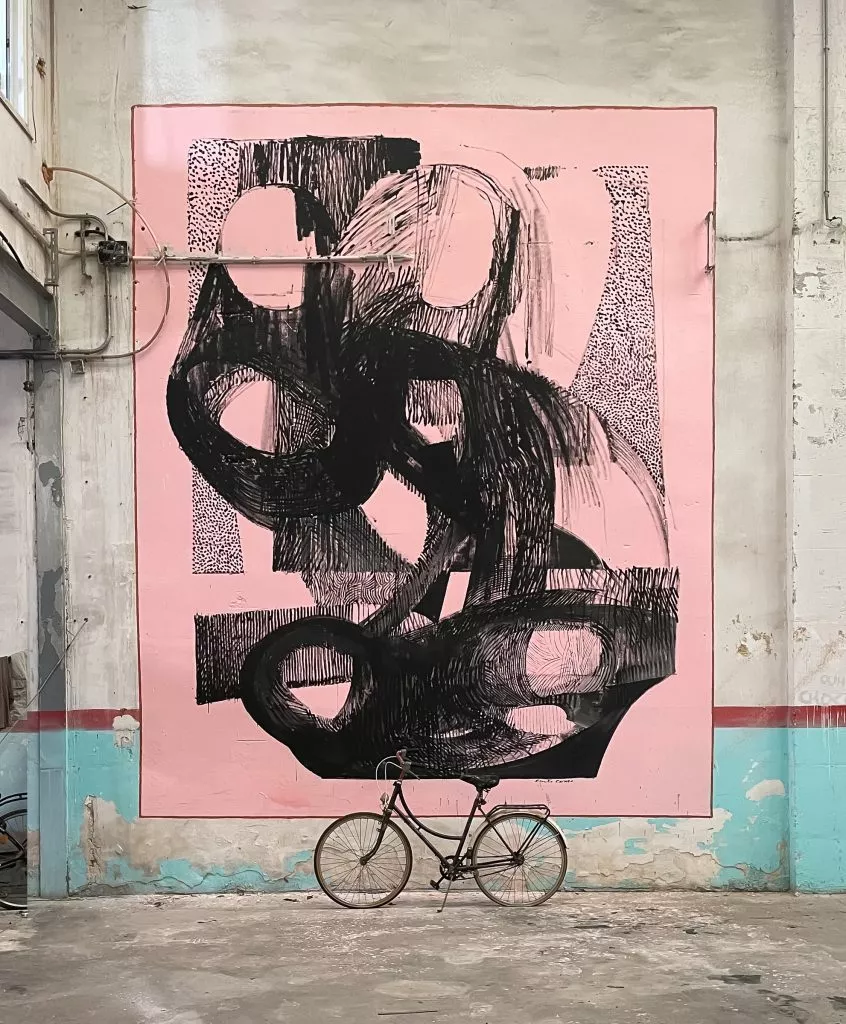
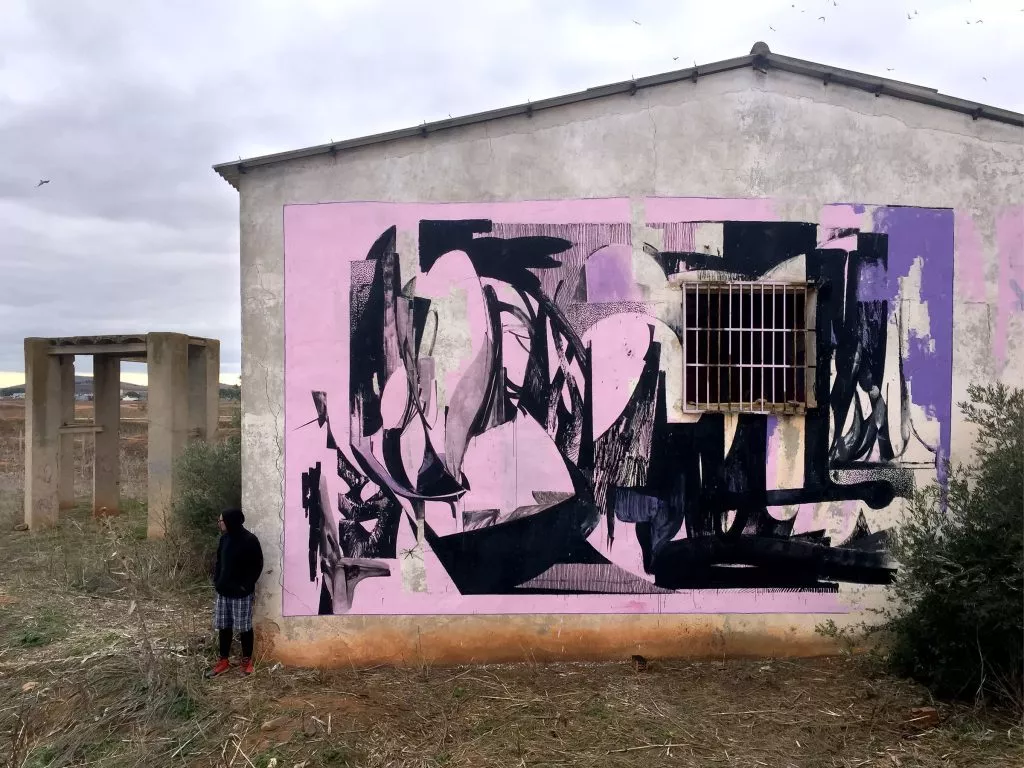
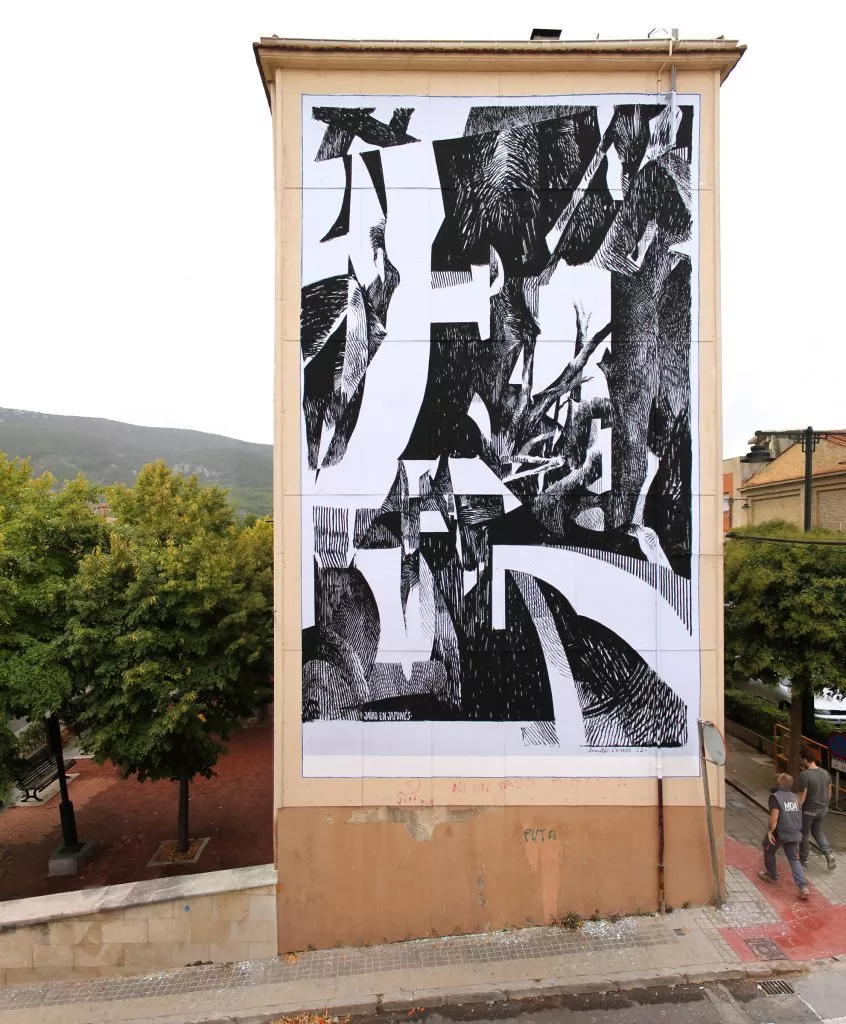
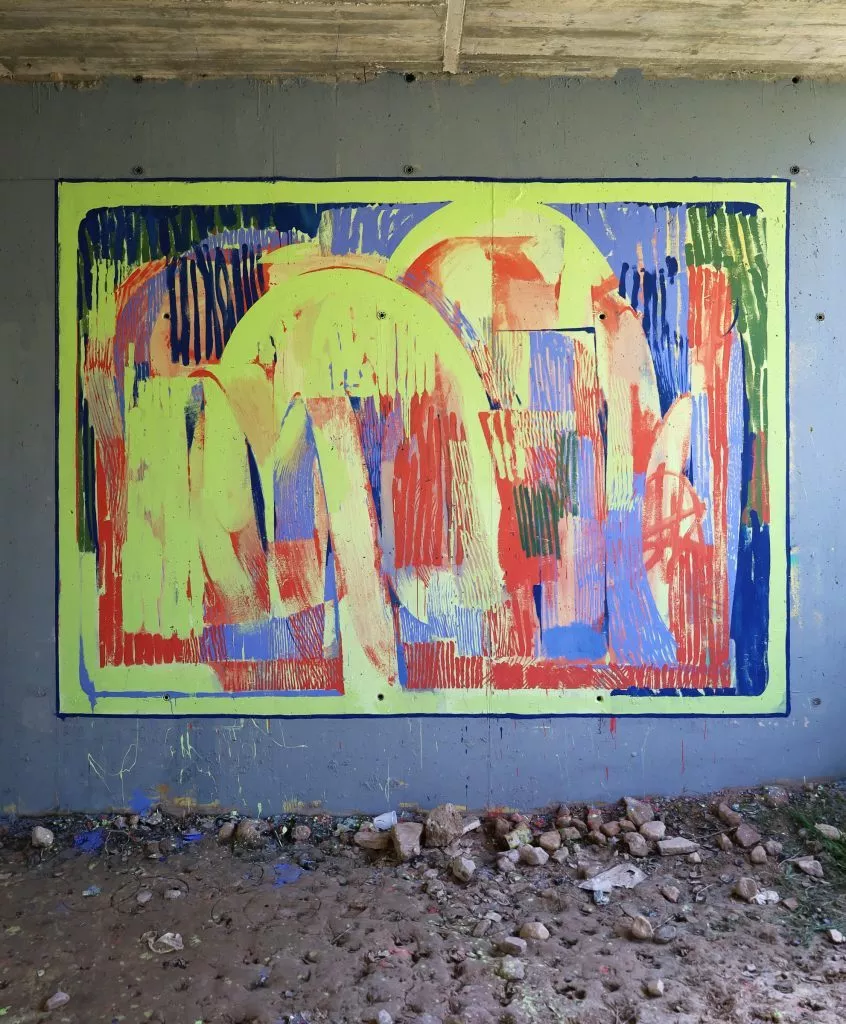
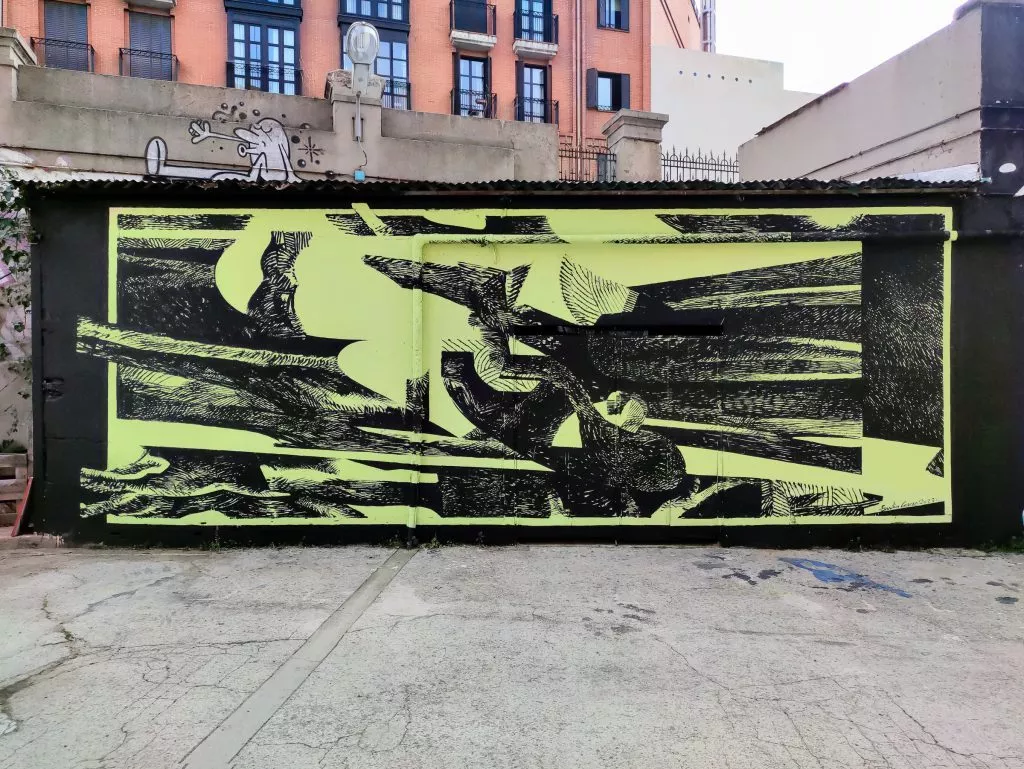
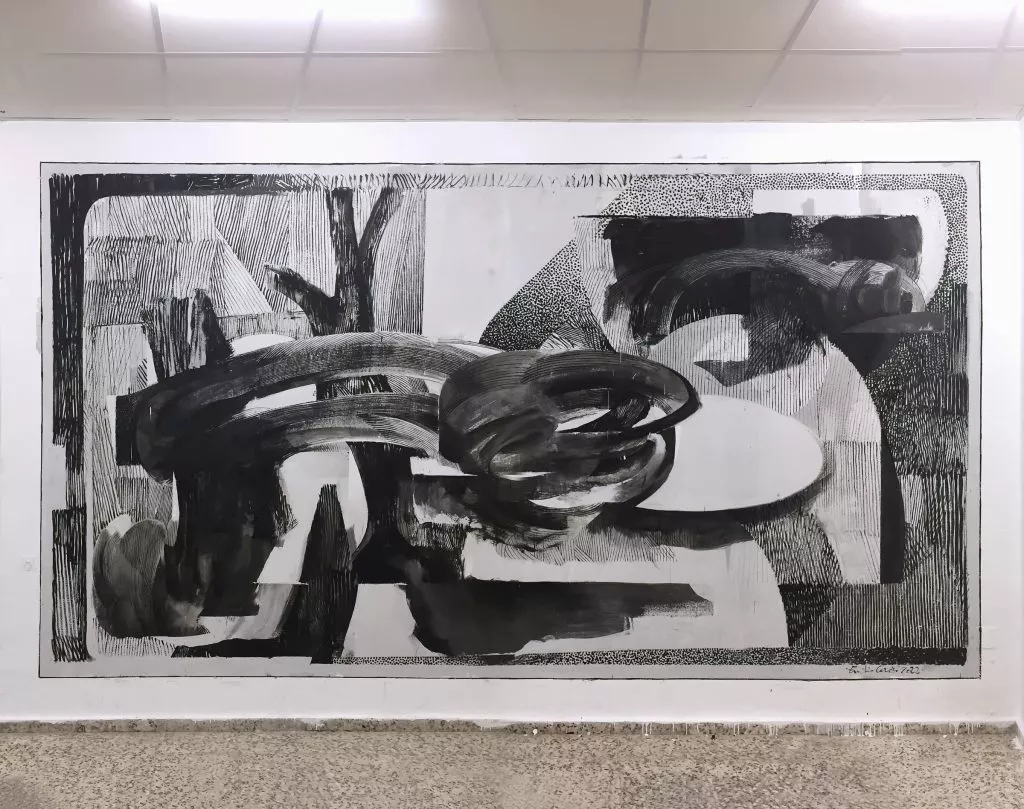
Studio practice
Concerning the differences between the works outdoor and indoor besides the scale, Emilio says: „There are a lot of elements outdoor like the texture of the wall, the environment, the architecture, the plants, the sky and whatever is surrounding a piece, that is becoming part of the wall painting. Sometimes those elements help the work to have more impact, to look even better. You have to respect the spot and to find what it is asking from you. Wall paintings should talk with the spot, be in harmony with it or make a big contrast, we have to connect the elements and this is always enriching.“
For creating studio works, the artist defines himself as an irregular worker, with periods of tattooing and periods of painting. In his studio, he is alone, only with a white canvas and totally in silence. No feedback from the surrounding and therefore harder to start, according to Emilio. This is the reason he is not doing a lot of medium size works. Working on a sketchbook is easier and careless, if it doesn’t work out, it doesn’t matter, you can just change the page and start again, he says. On paper Emilio works with ink, pen and markers. On canvas, he starts staining with very watered acrylic and a big brush for the first layers and defines it after in adding oil paint.
Concerning his own artistic evolution, Emilio explains: „I think that there is a connection between my older pieces and the new ones, even if it is not so evident. In my figurative works I have worked with subjects that were an excuse for me to express myself through painting: stains, gesture, colour, texture…this language motivates me since the beginning, even more than the subject itself. I continue to have the same interests, but I try to address it with a different approach, not only depending on a photo as a starting point. Many times I think that I would like to experiment with other disciplines like music, animations, video, immersive installations. But I still don’t feel brave enough to make that step, but maybe my painting is already going somehow in this direction.“
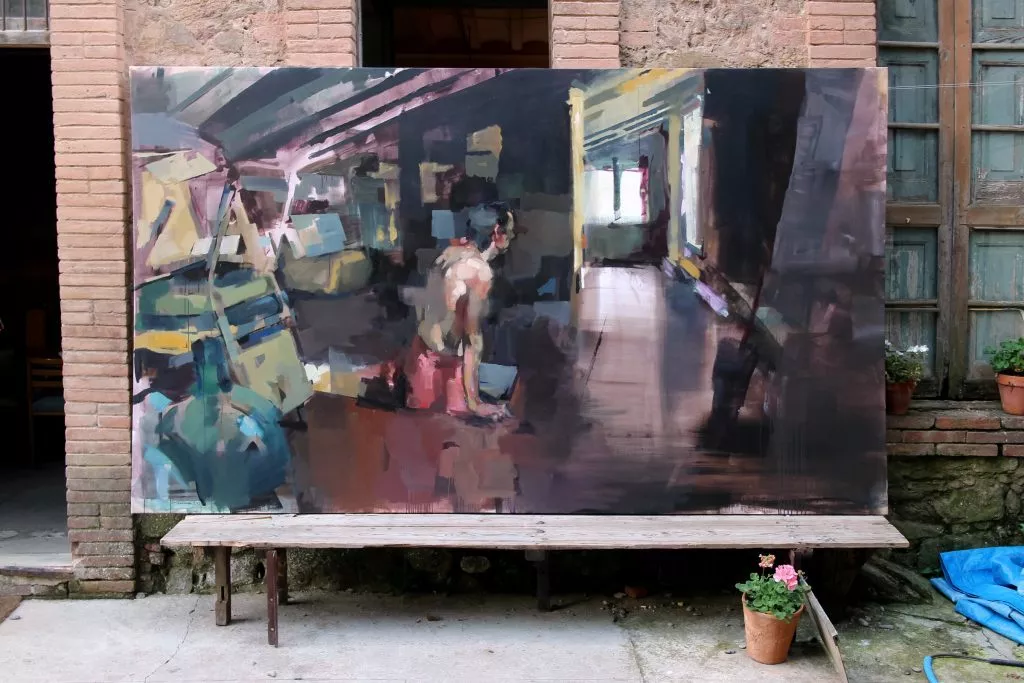
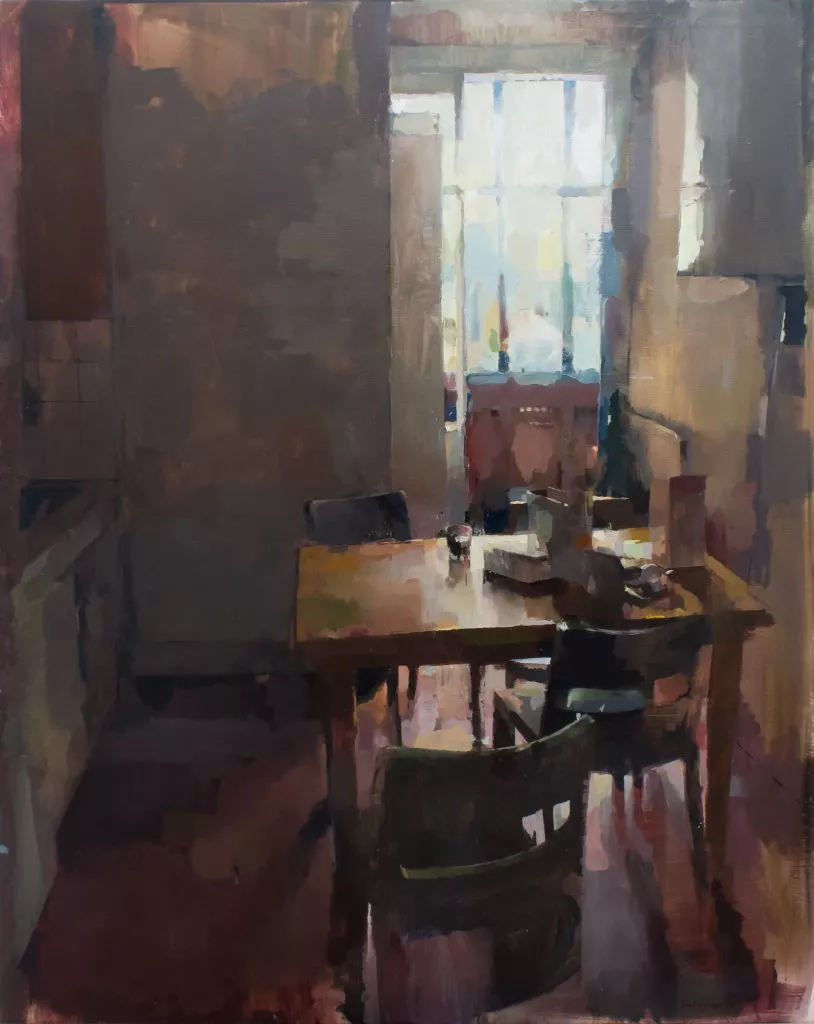
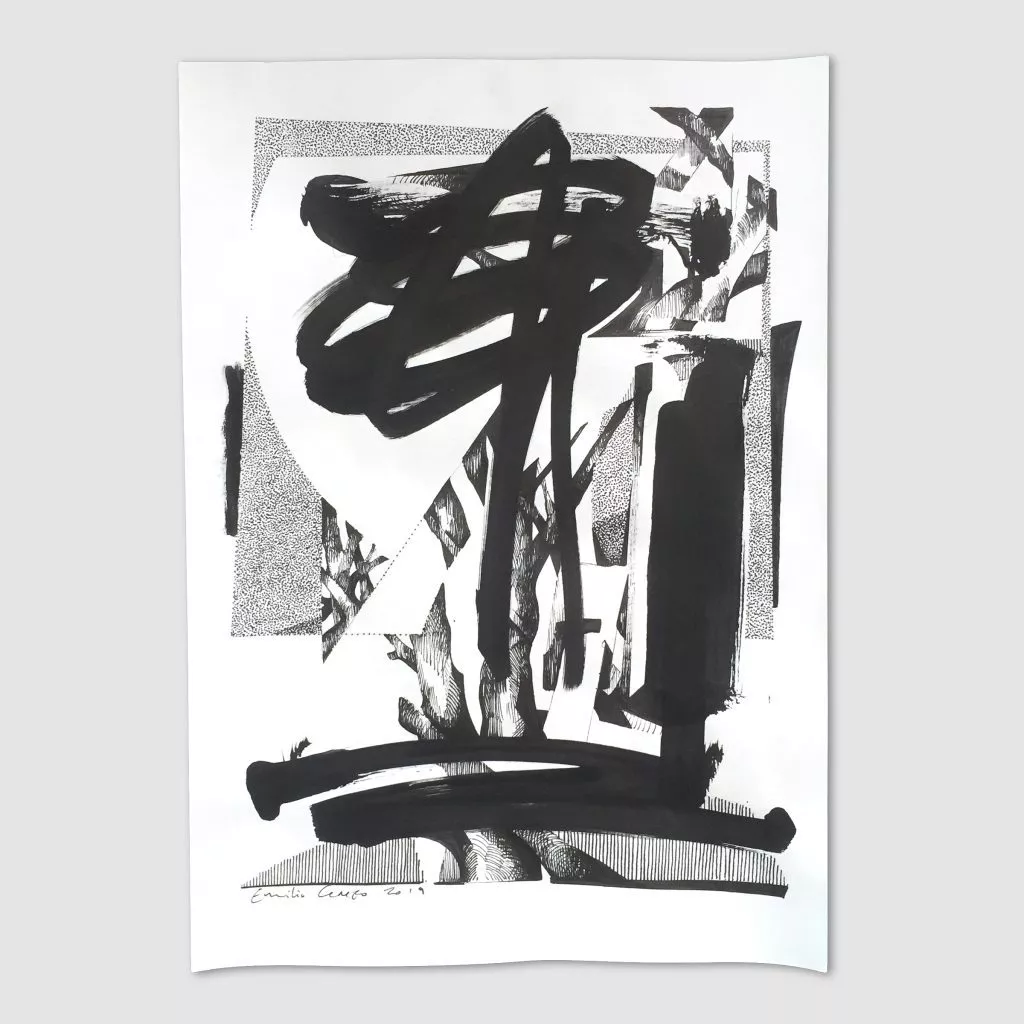
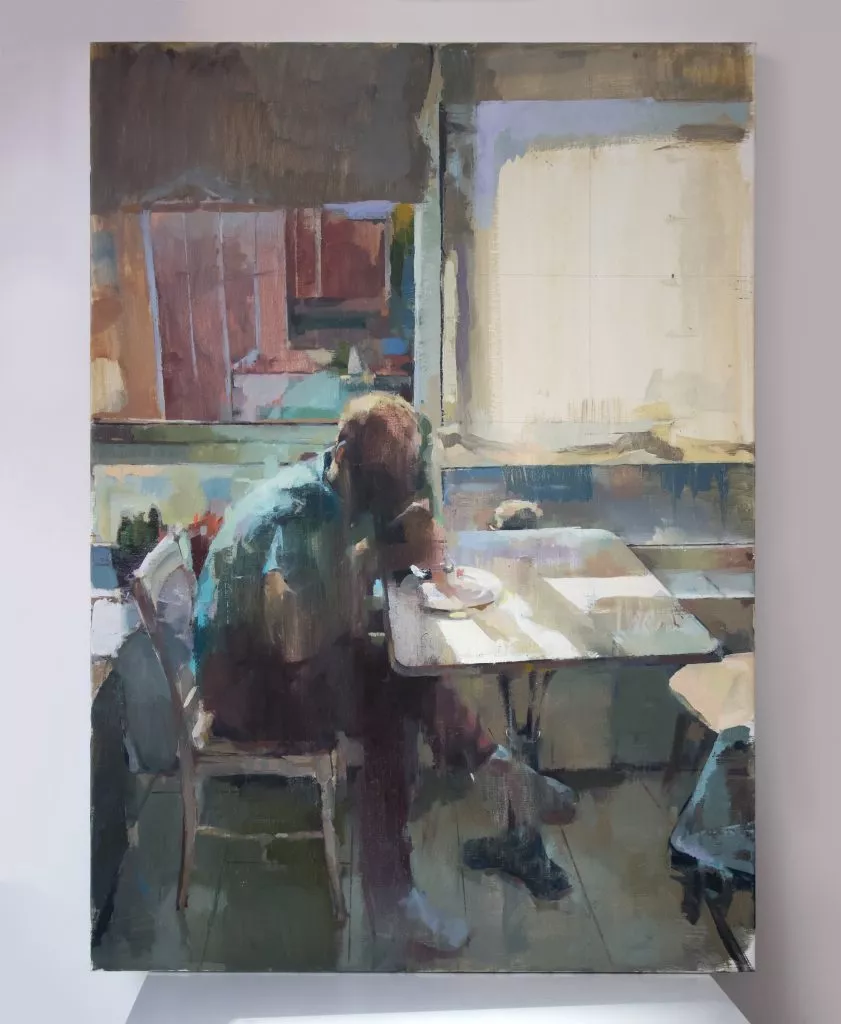
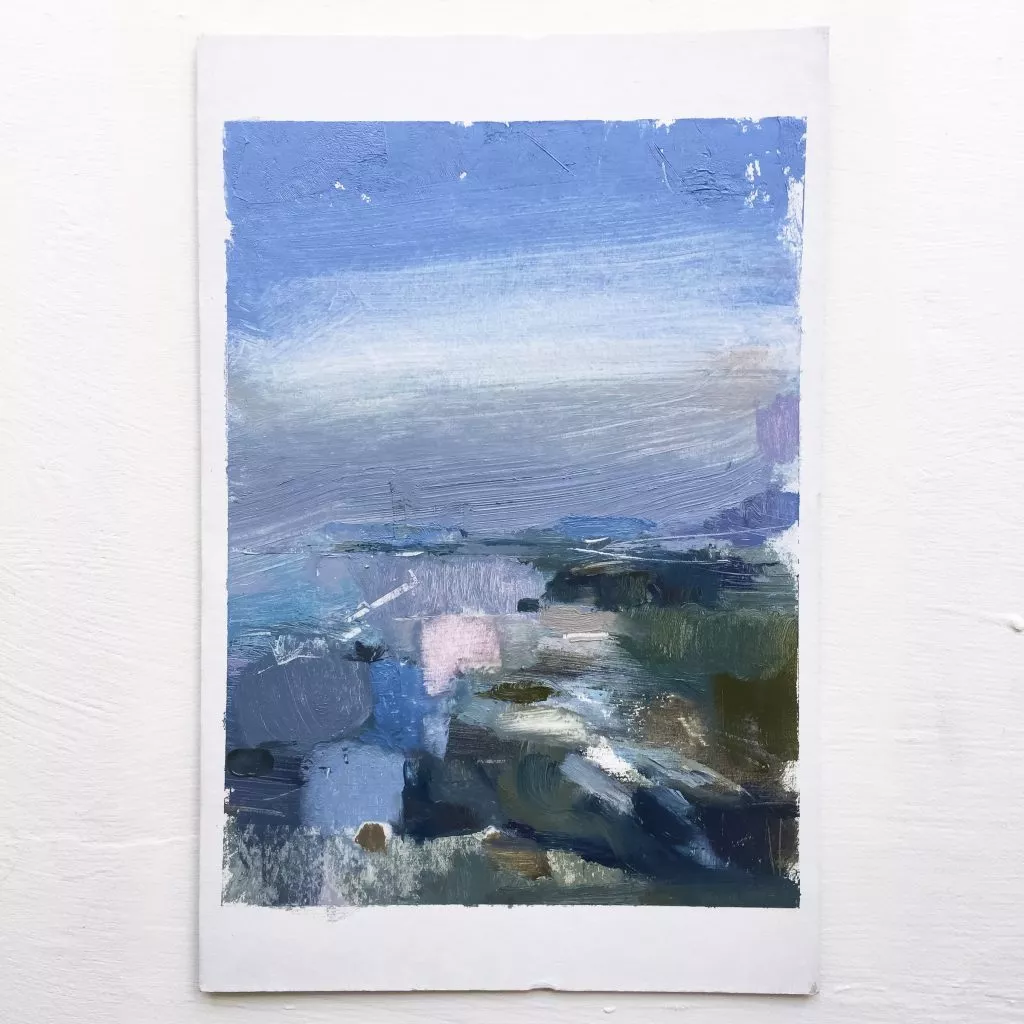
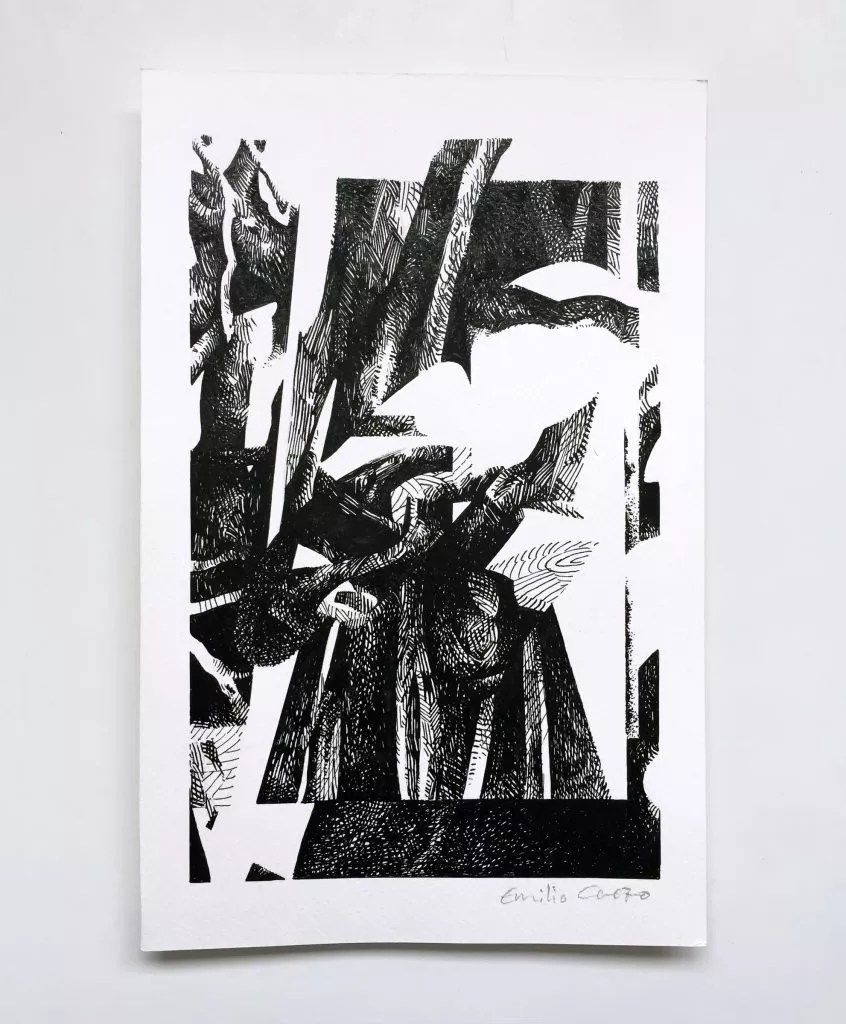
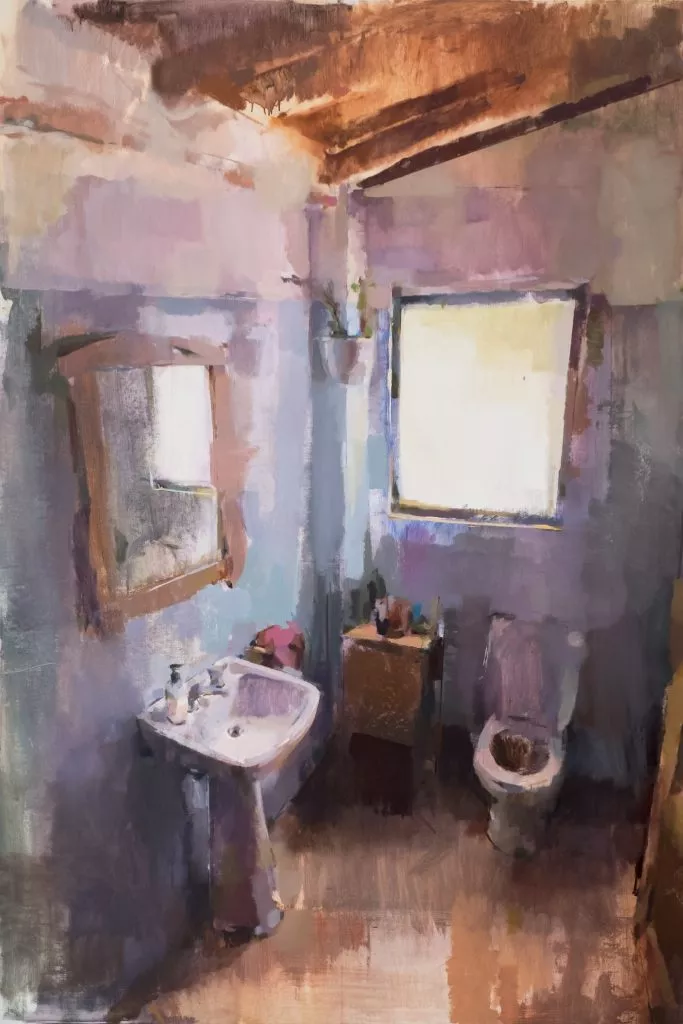
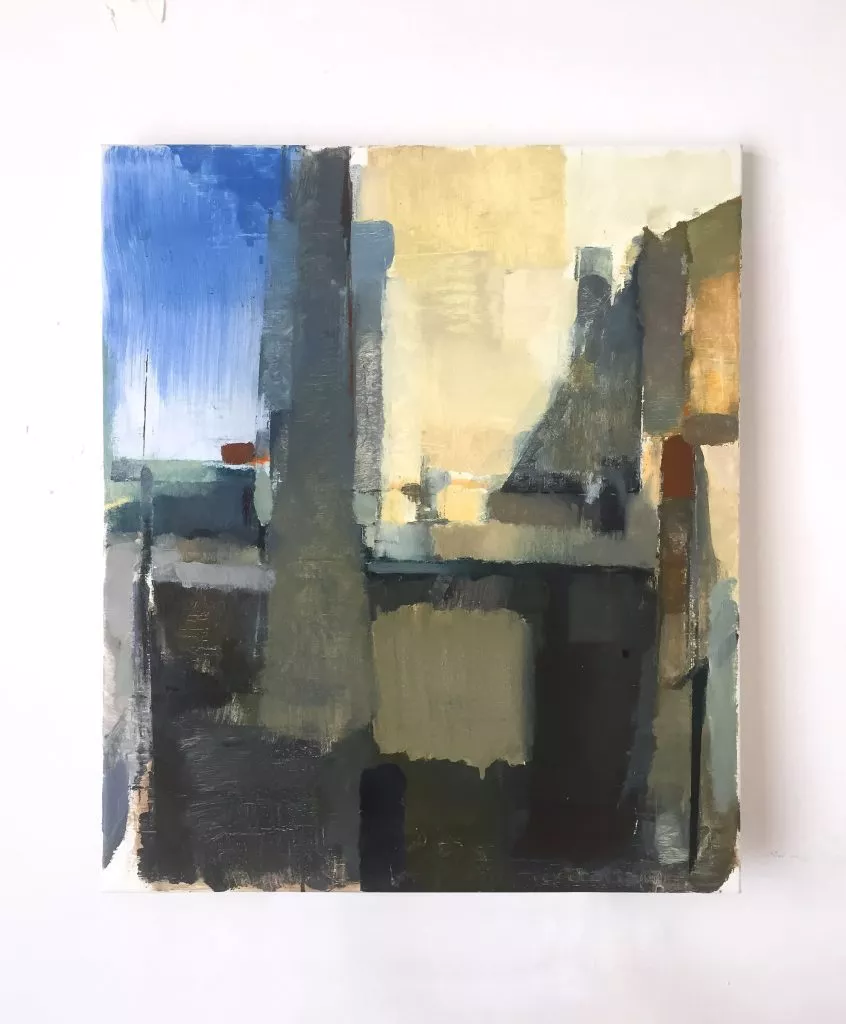
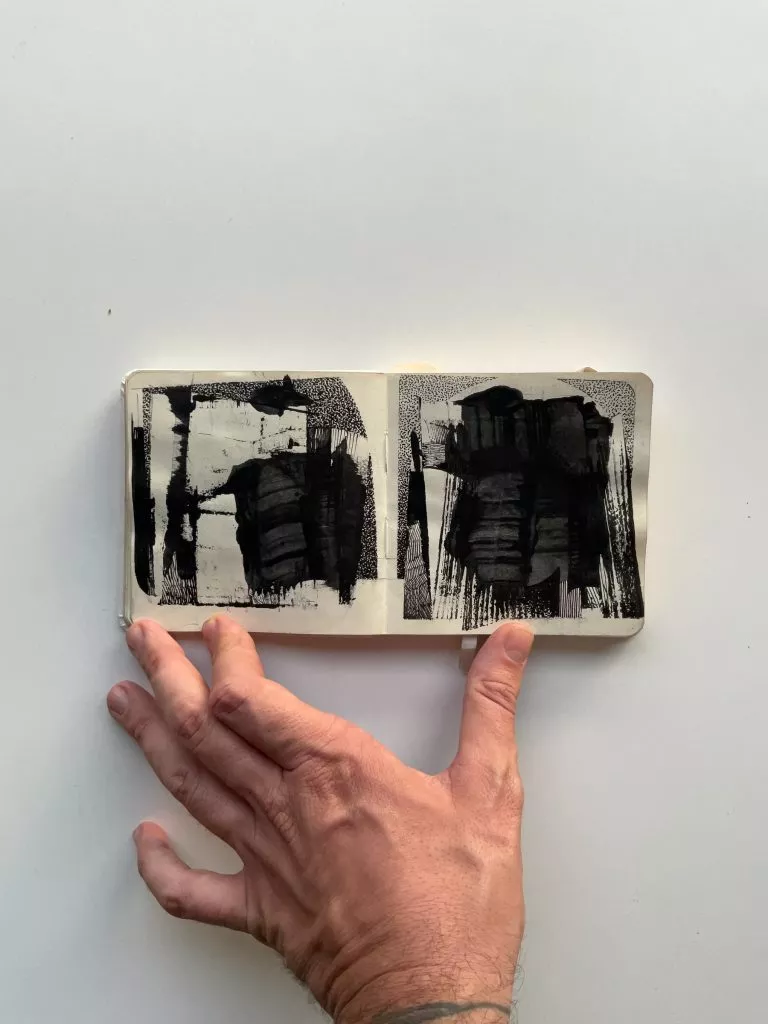
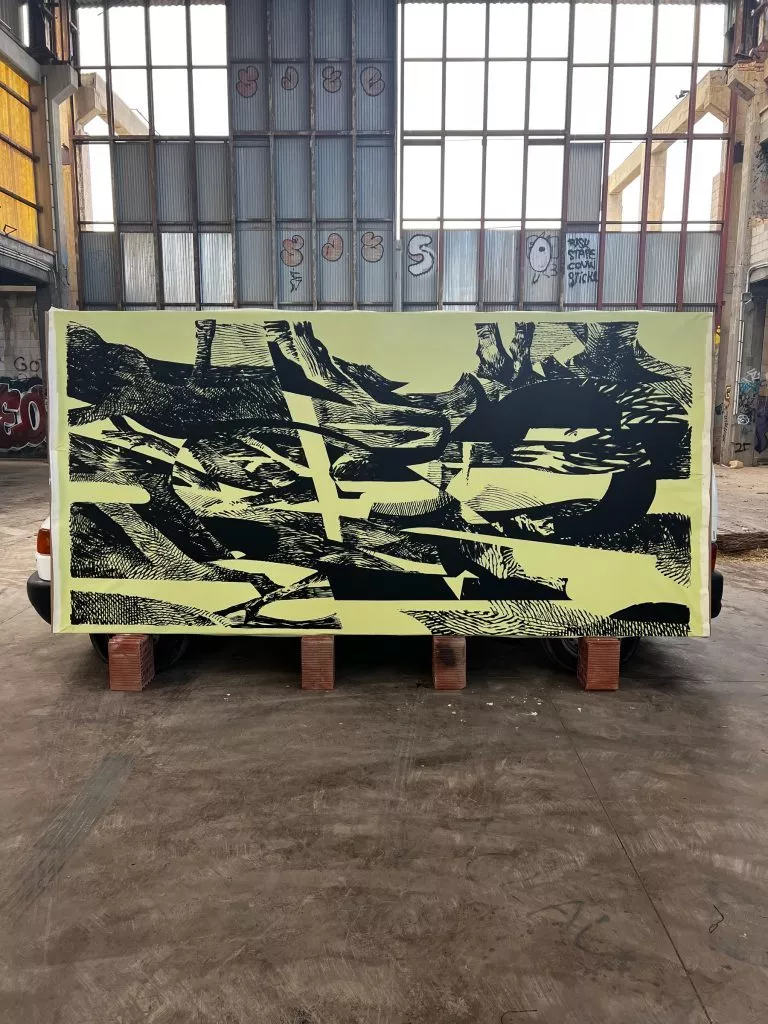
369 views
Categories
Tags:

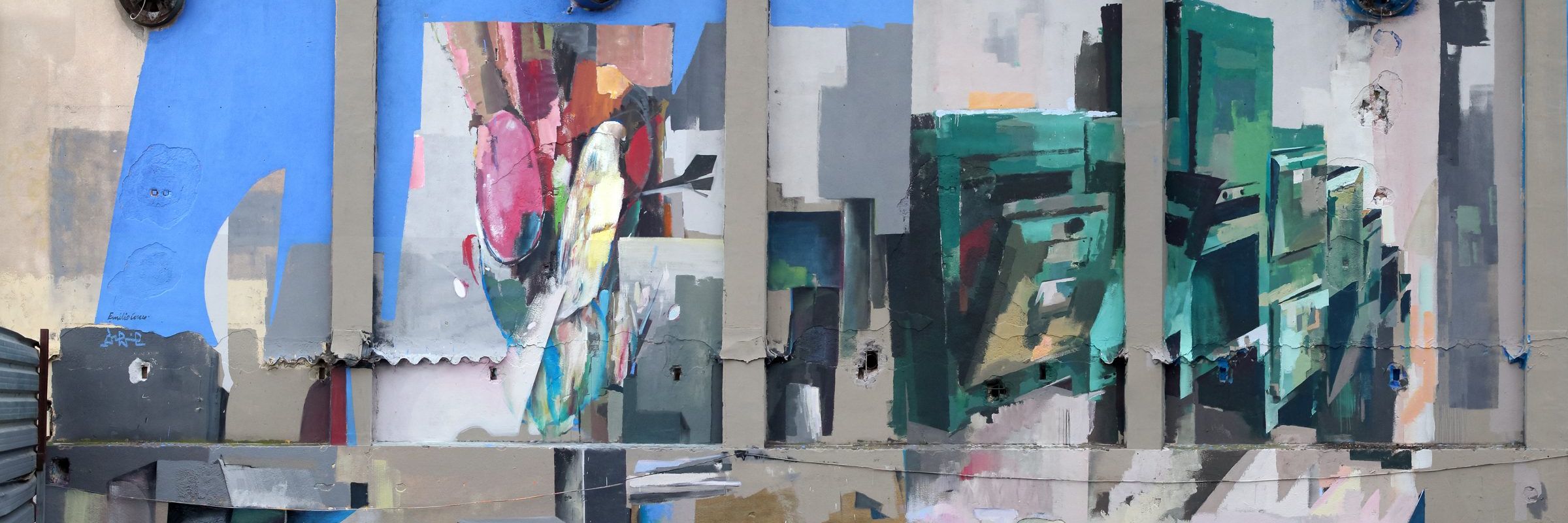

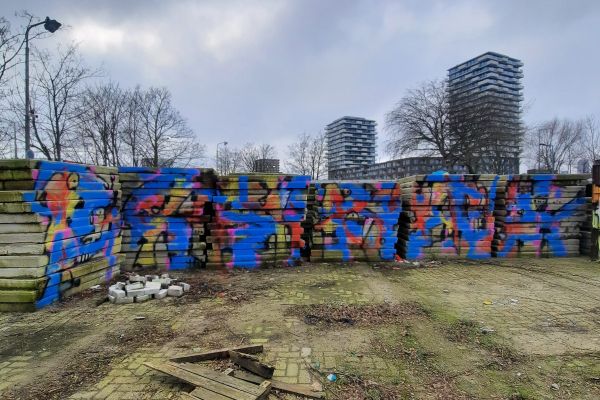
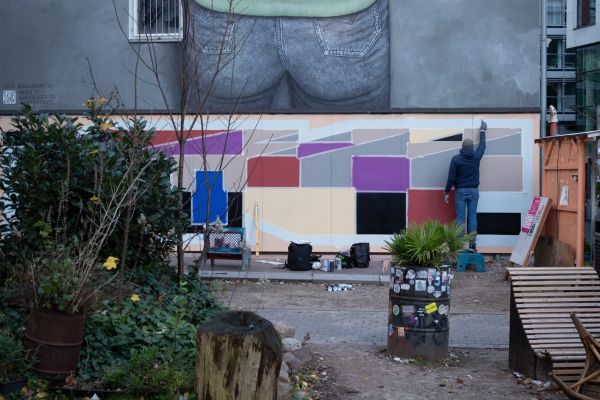
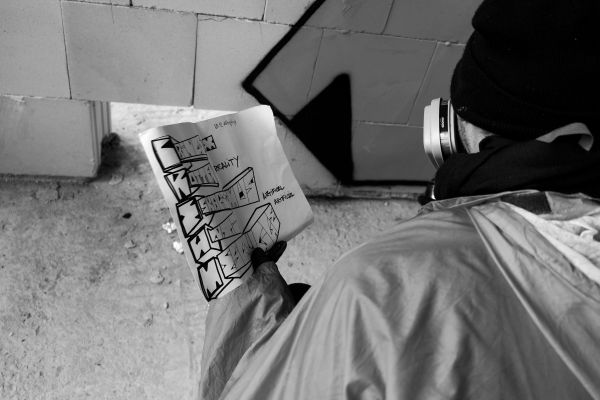
Leave a Reply